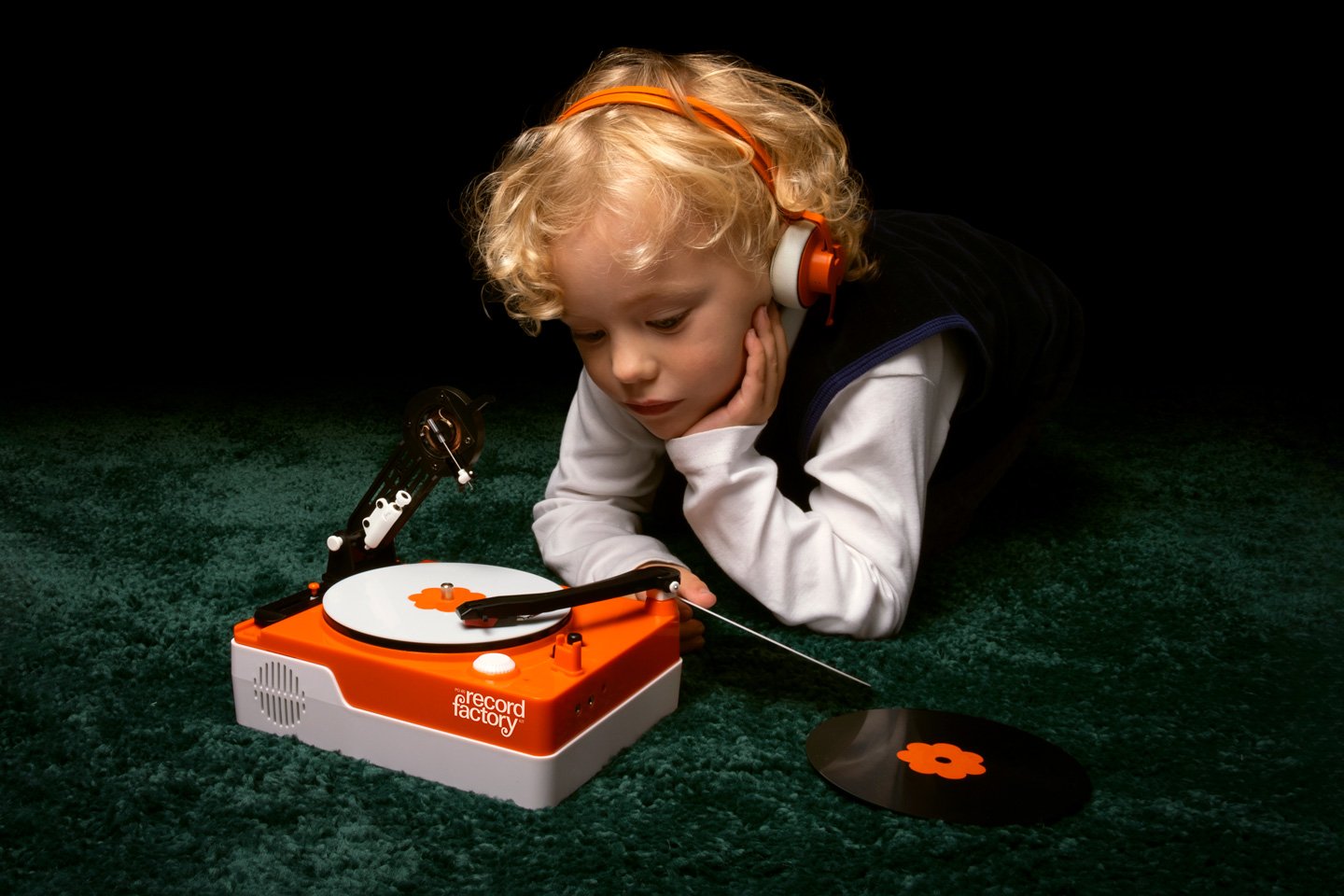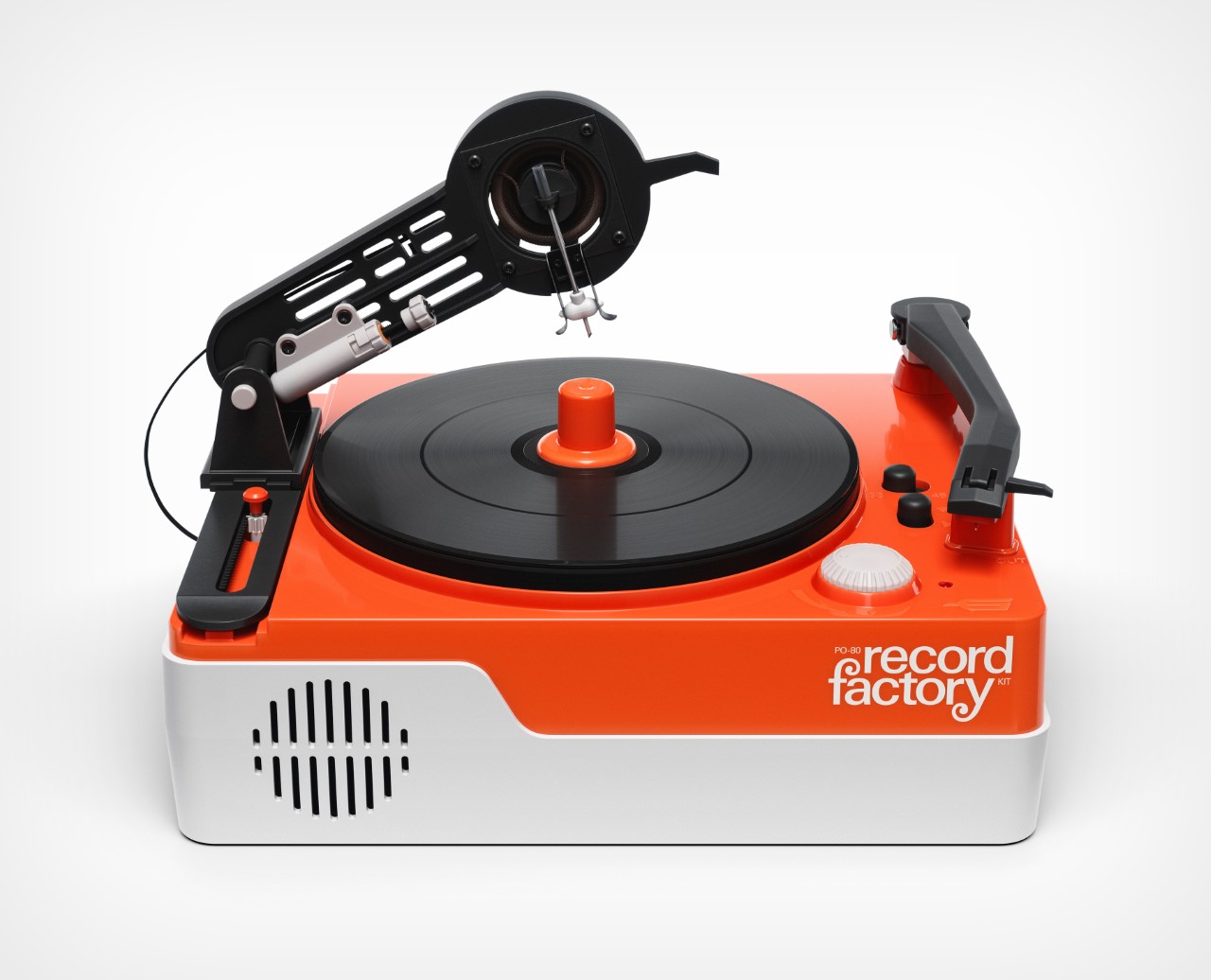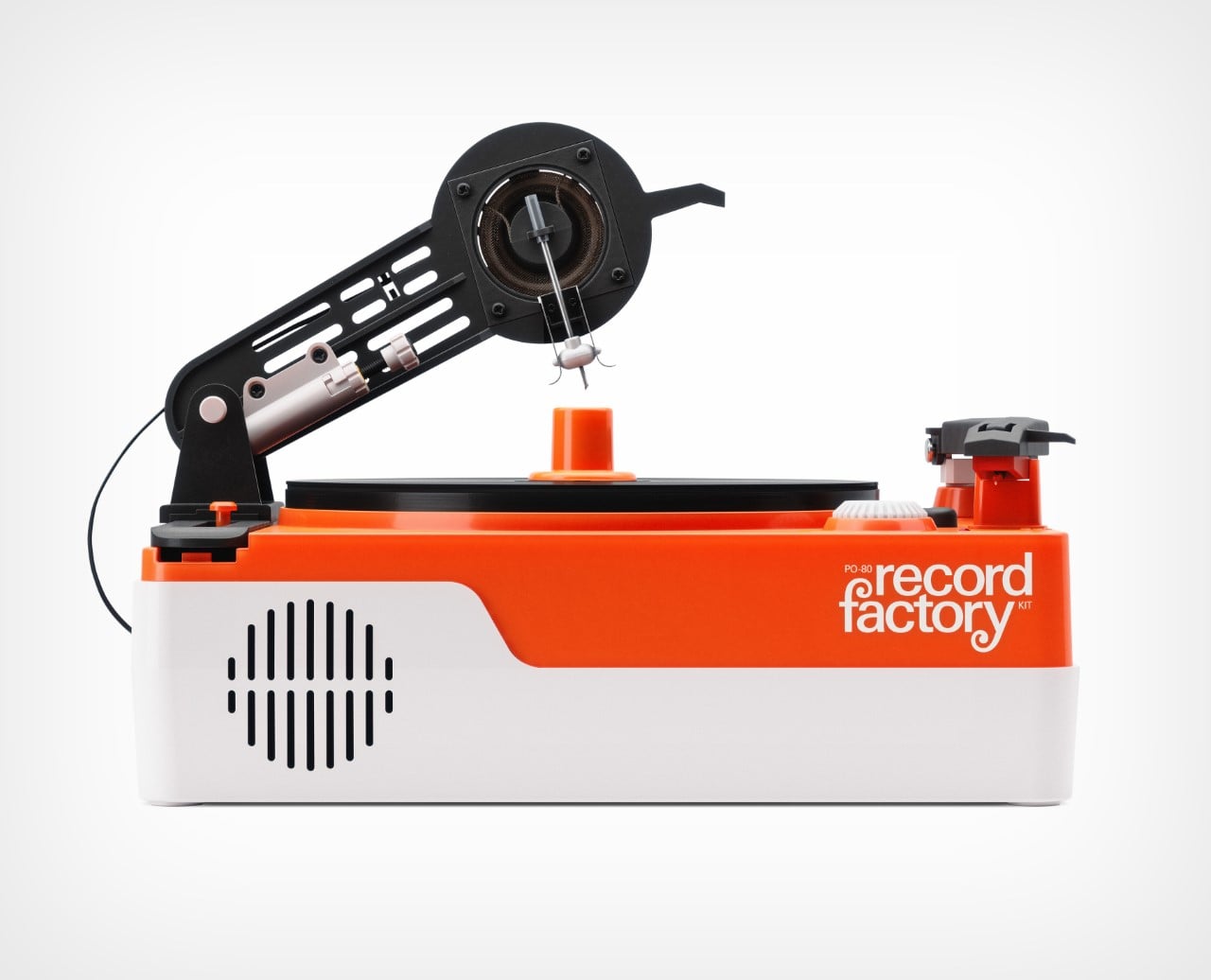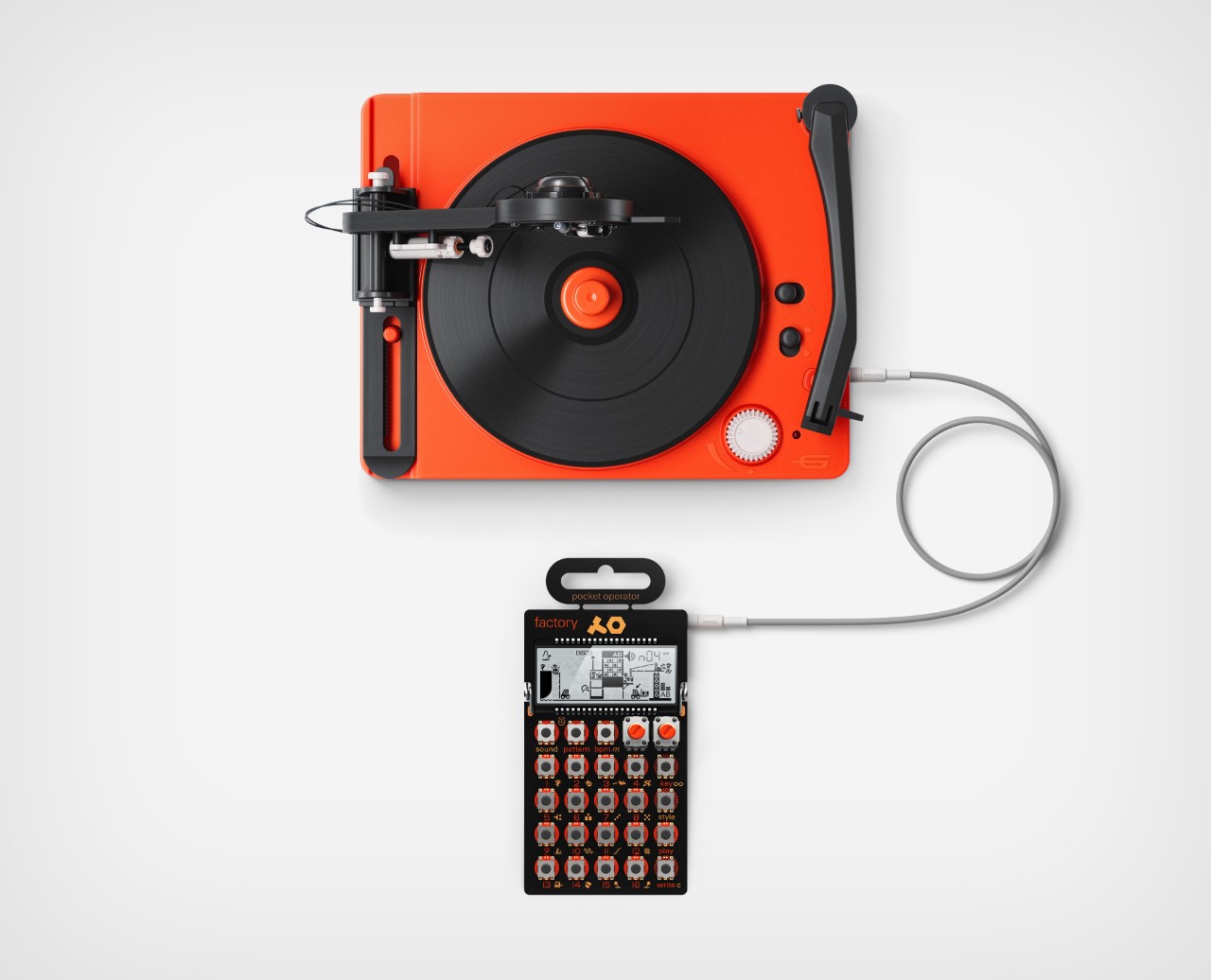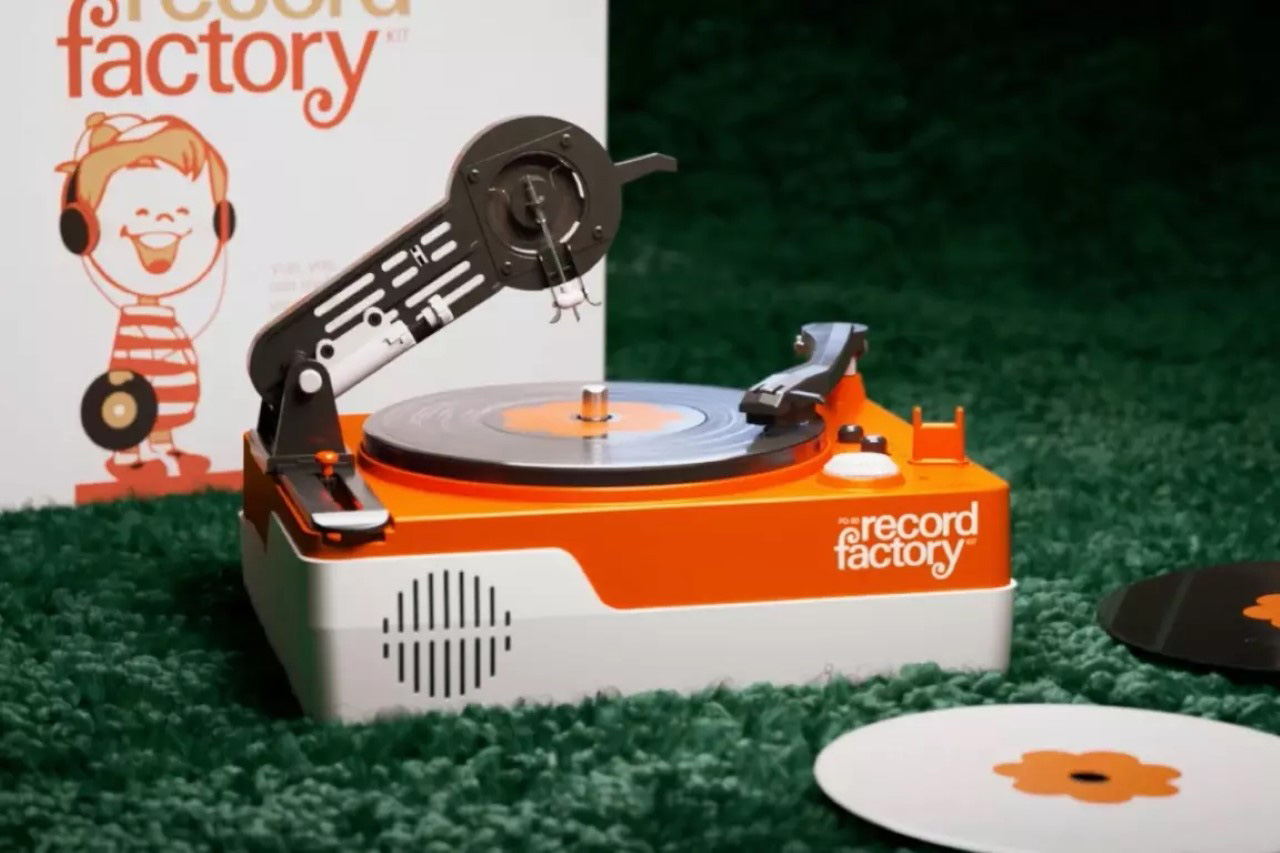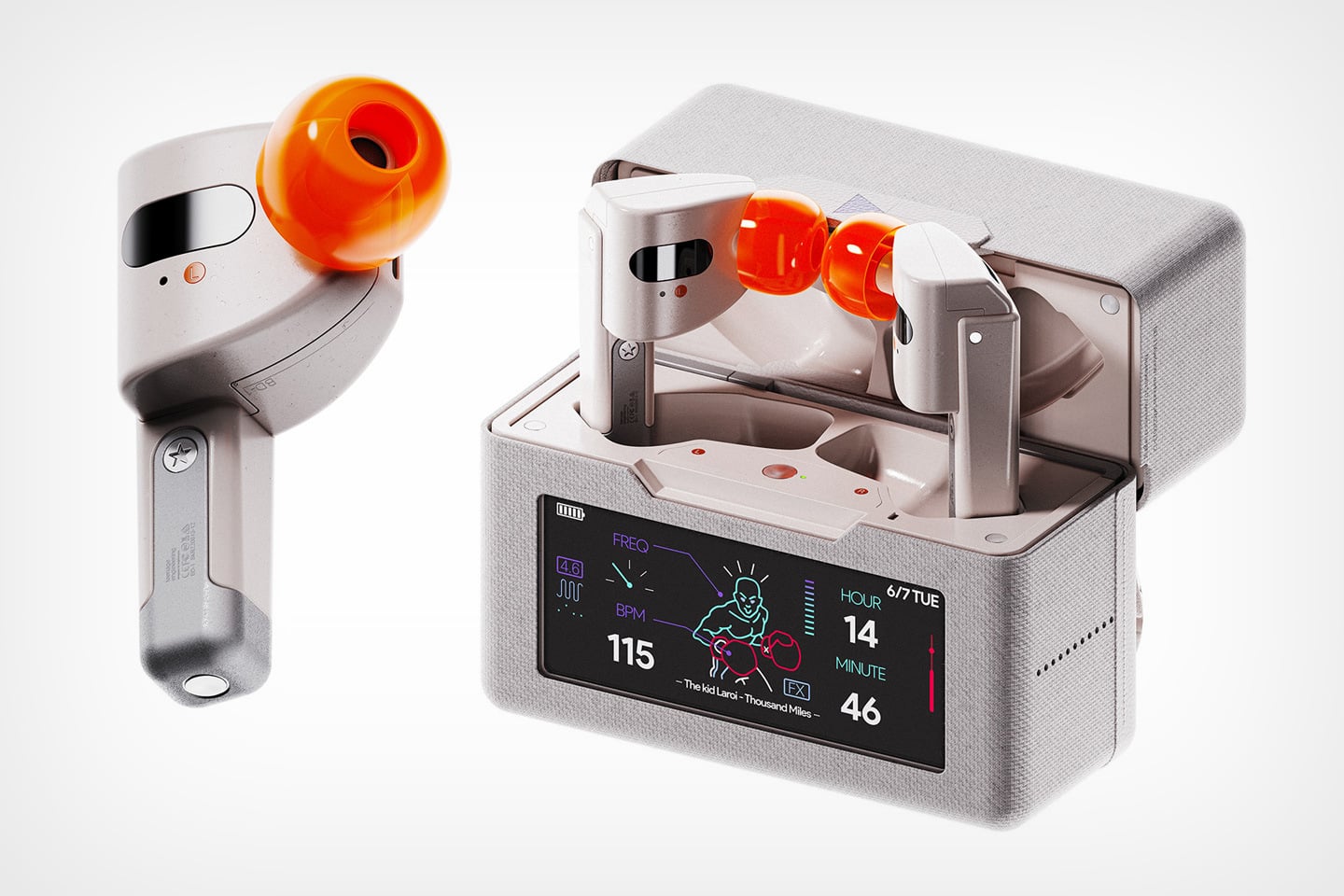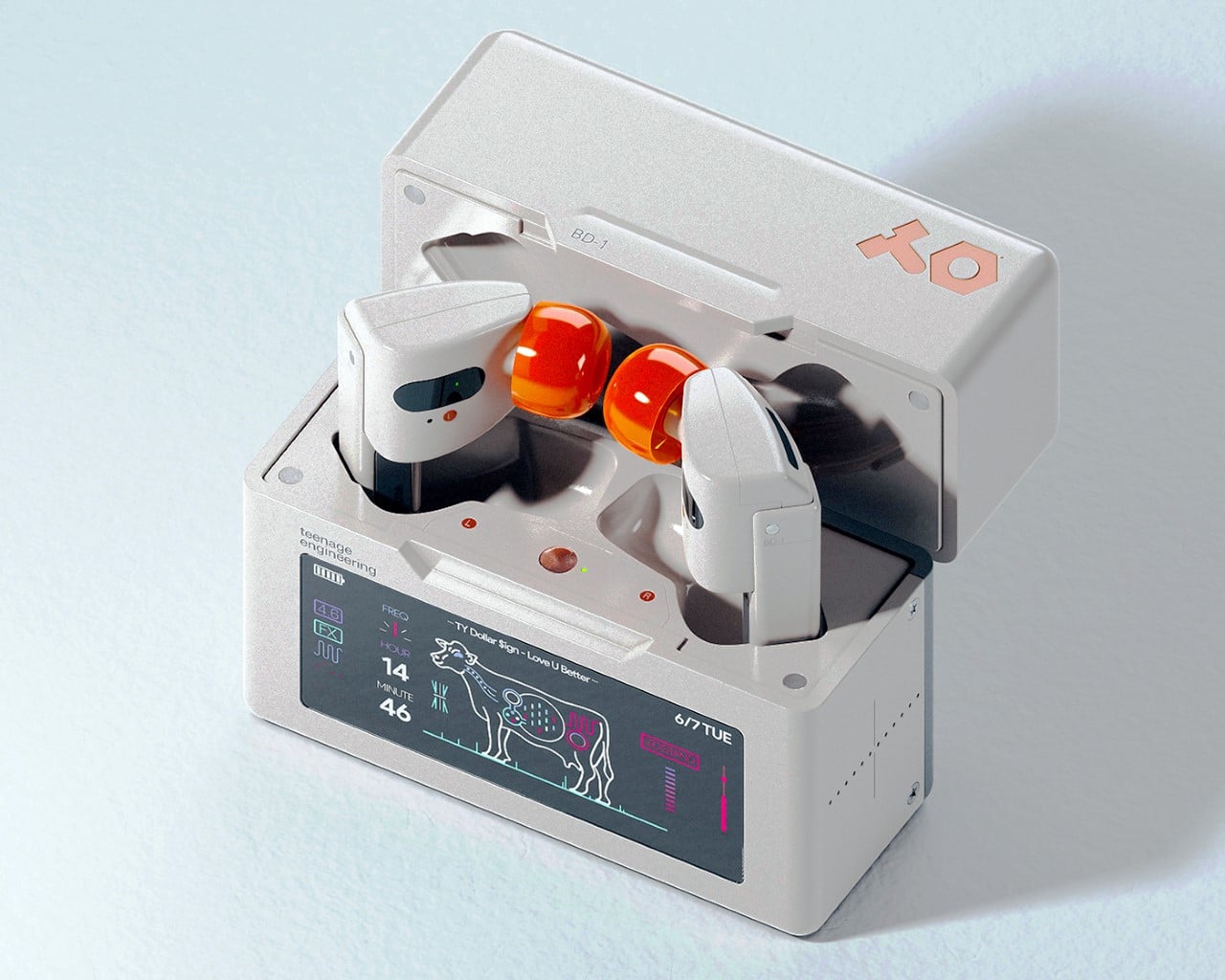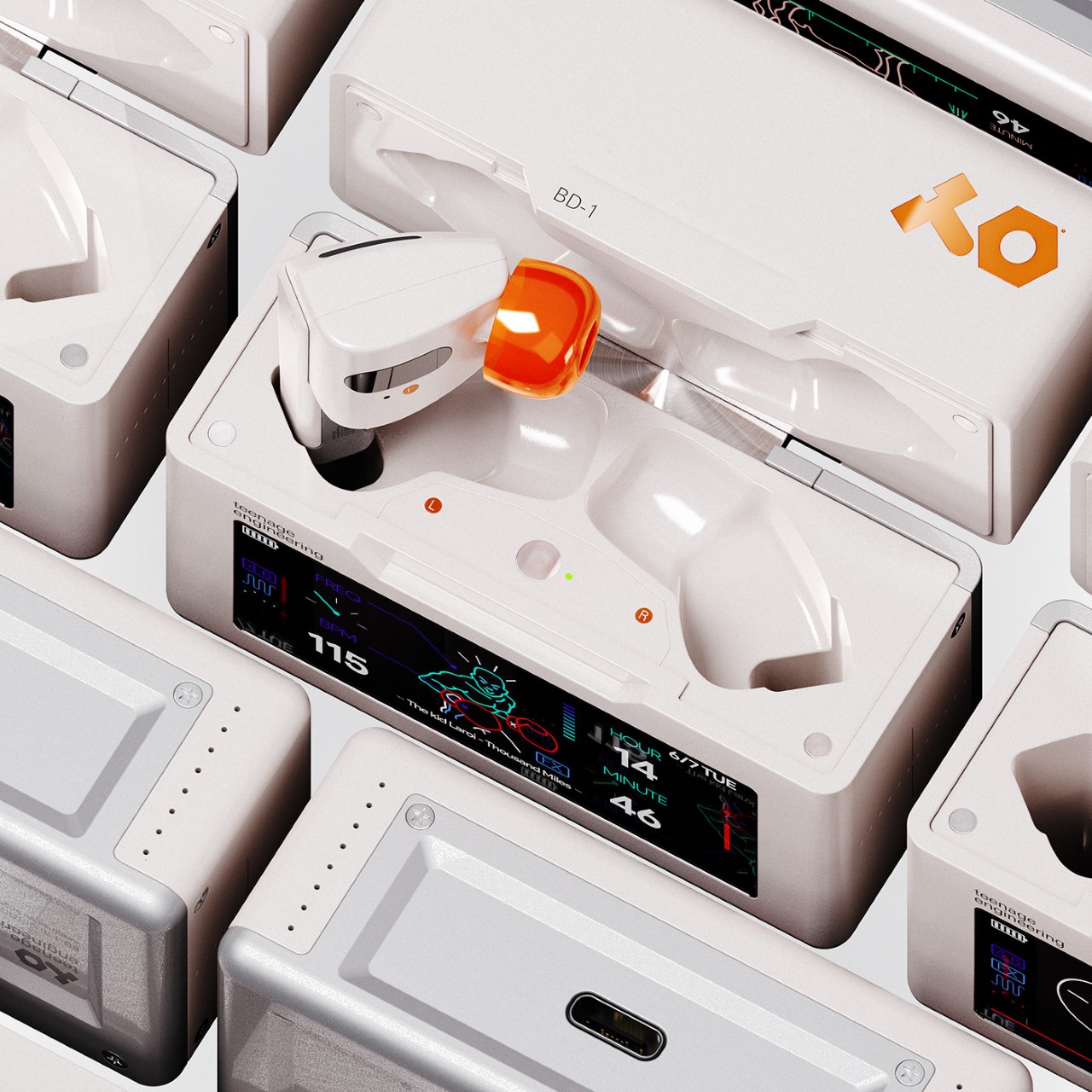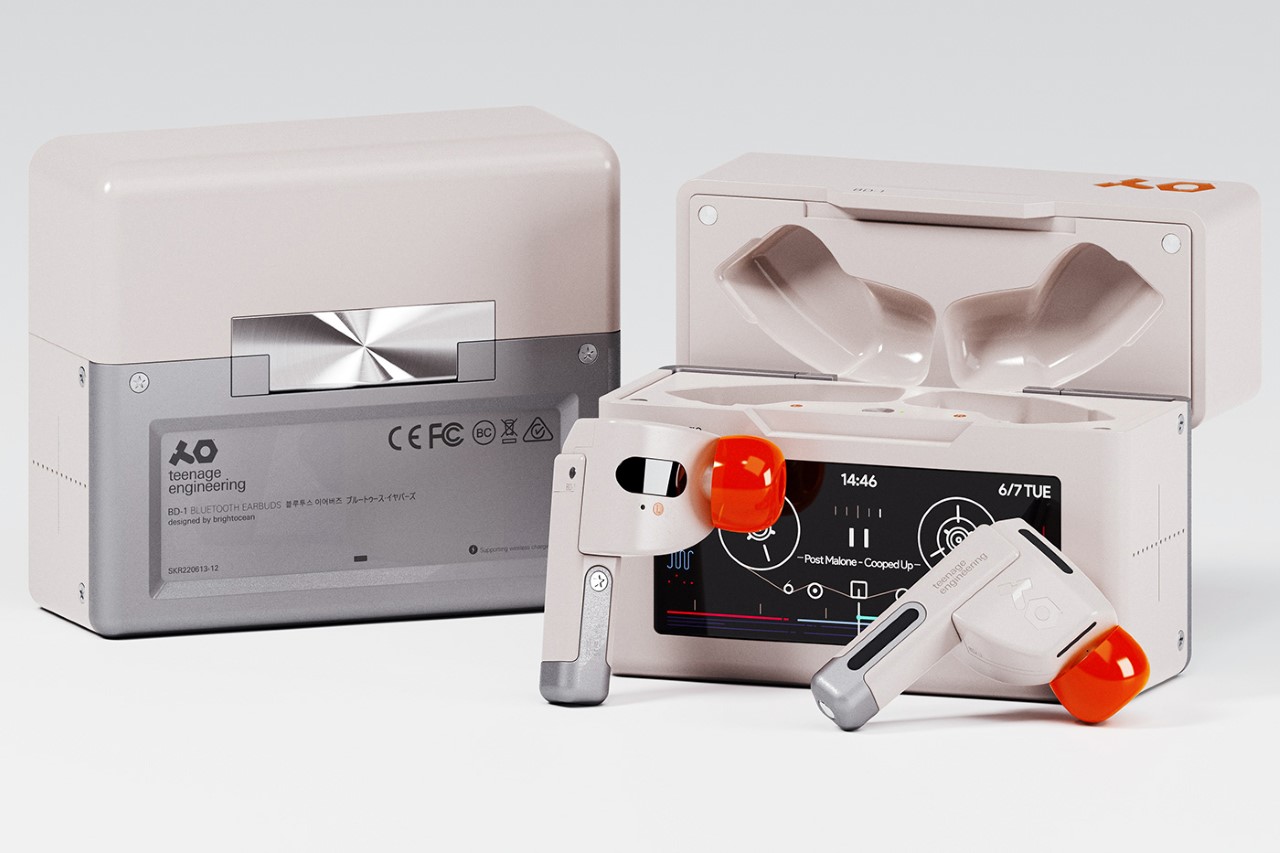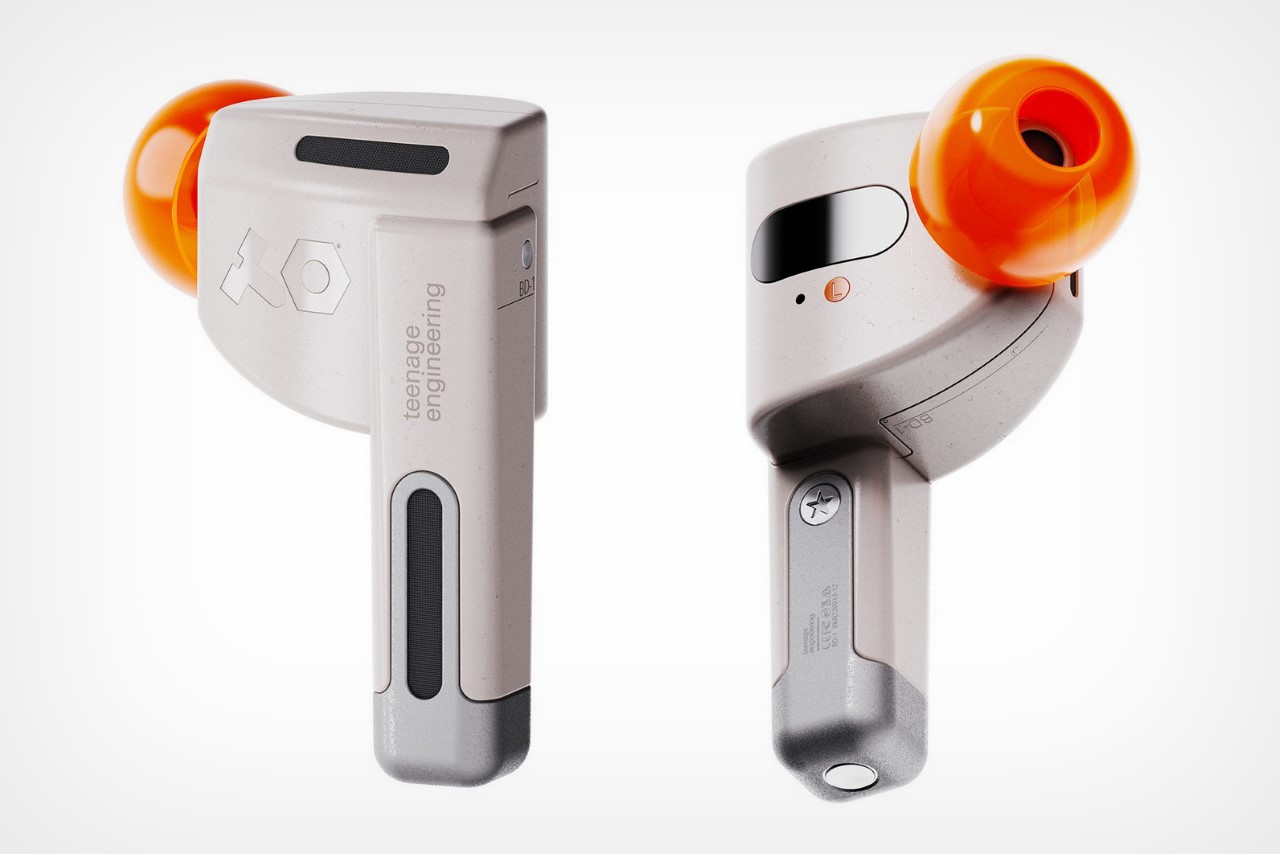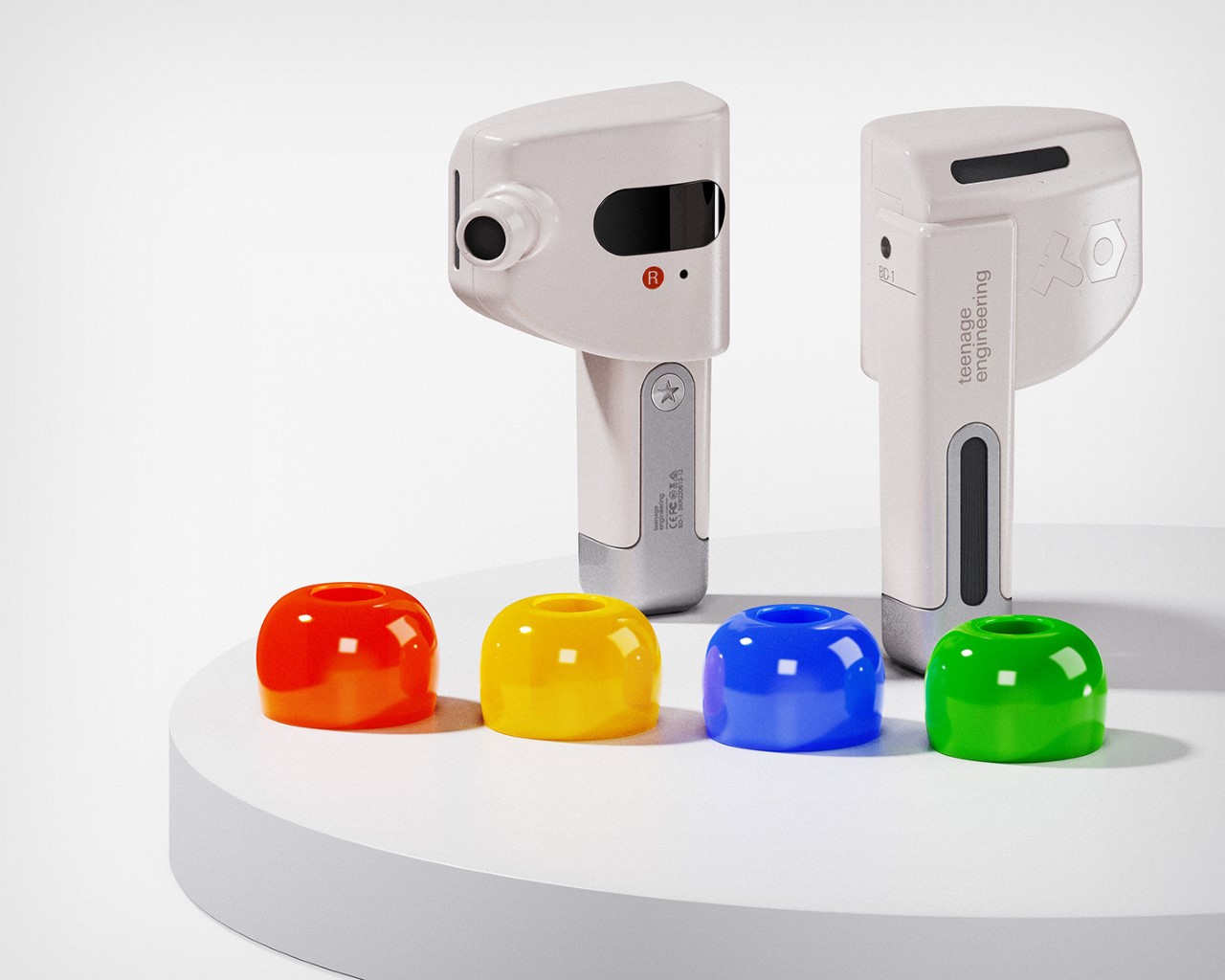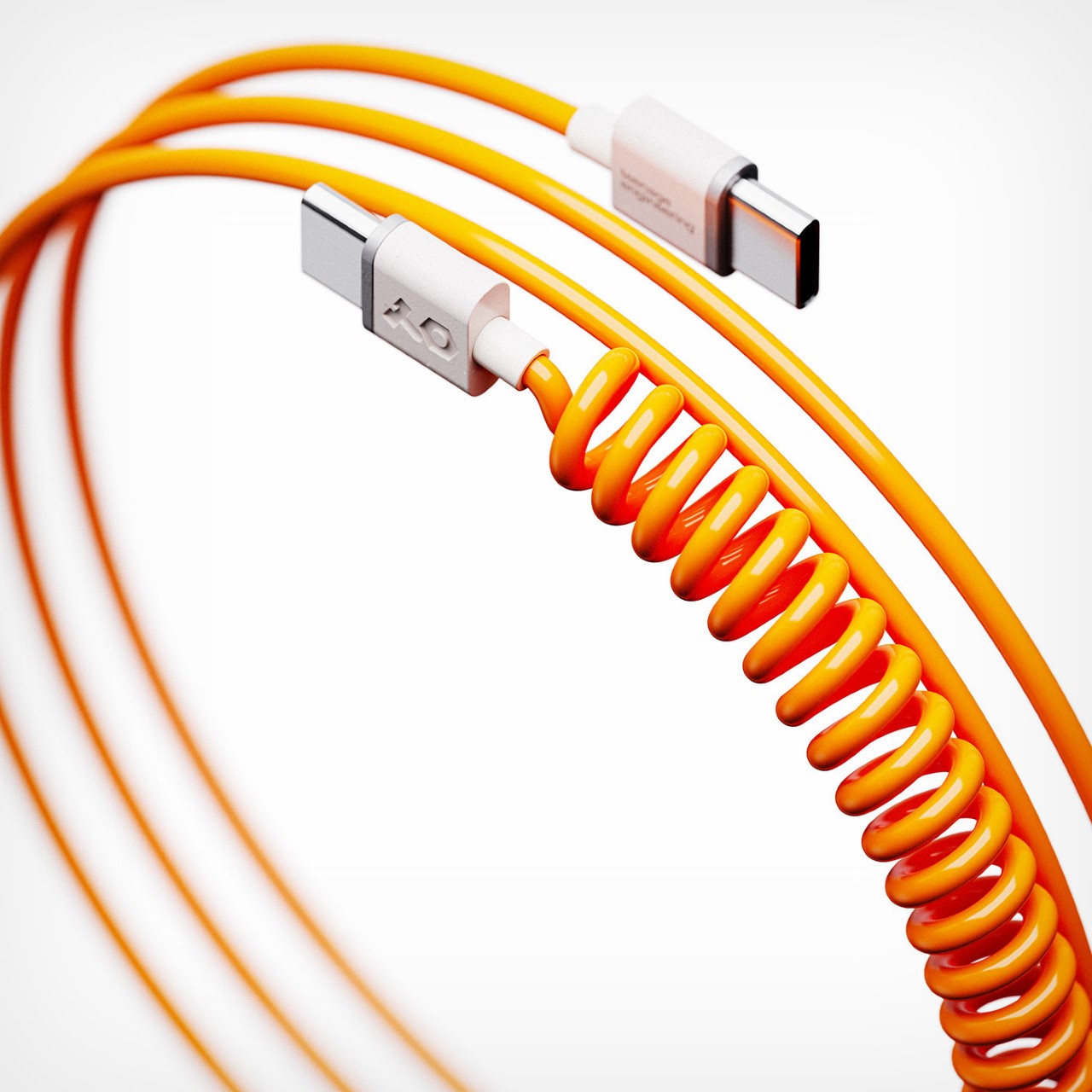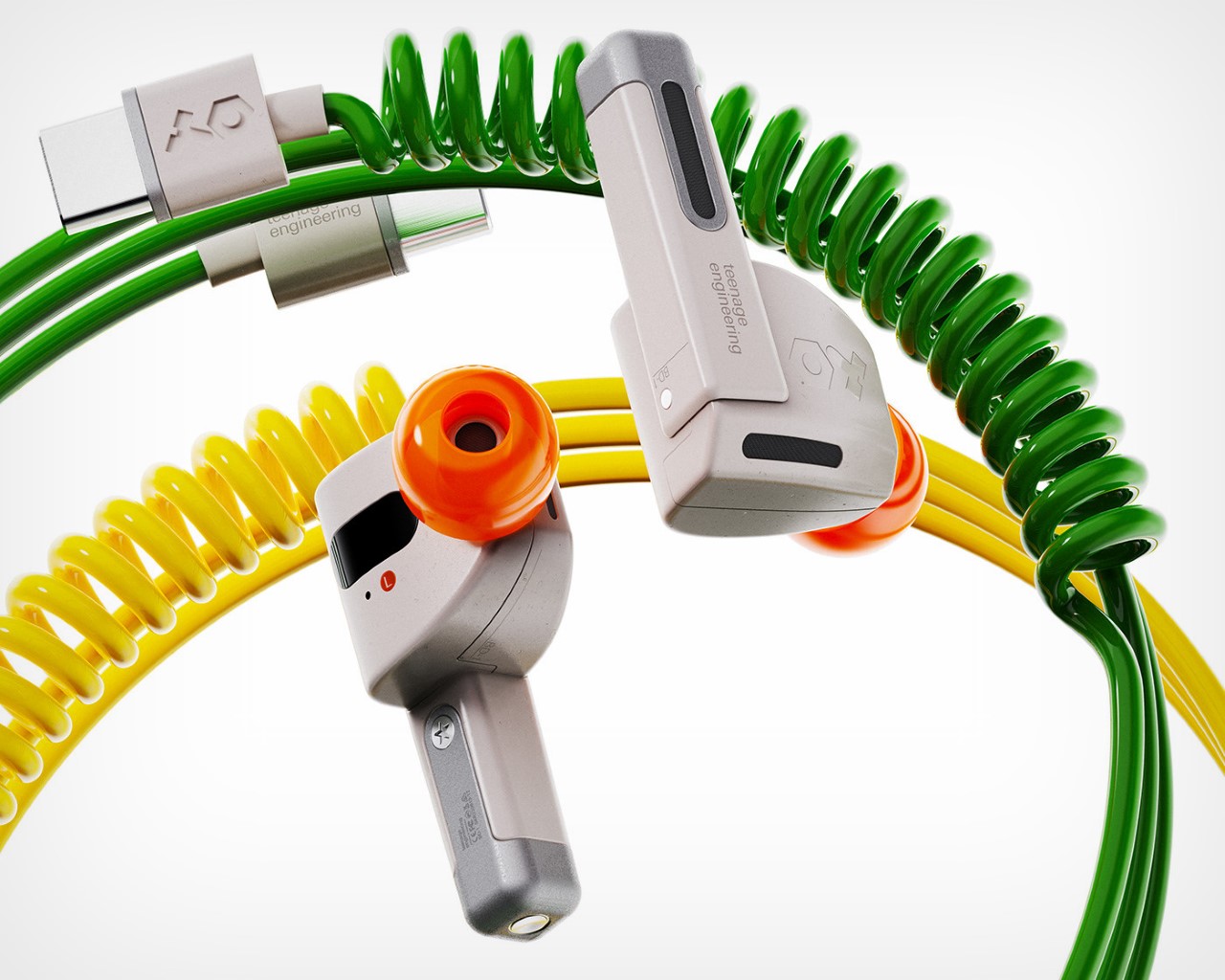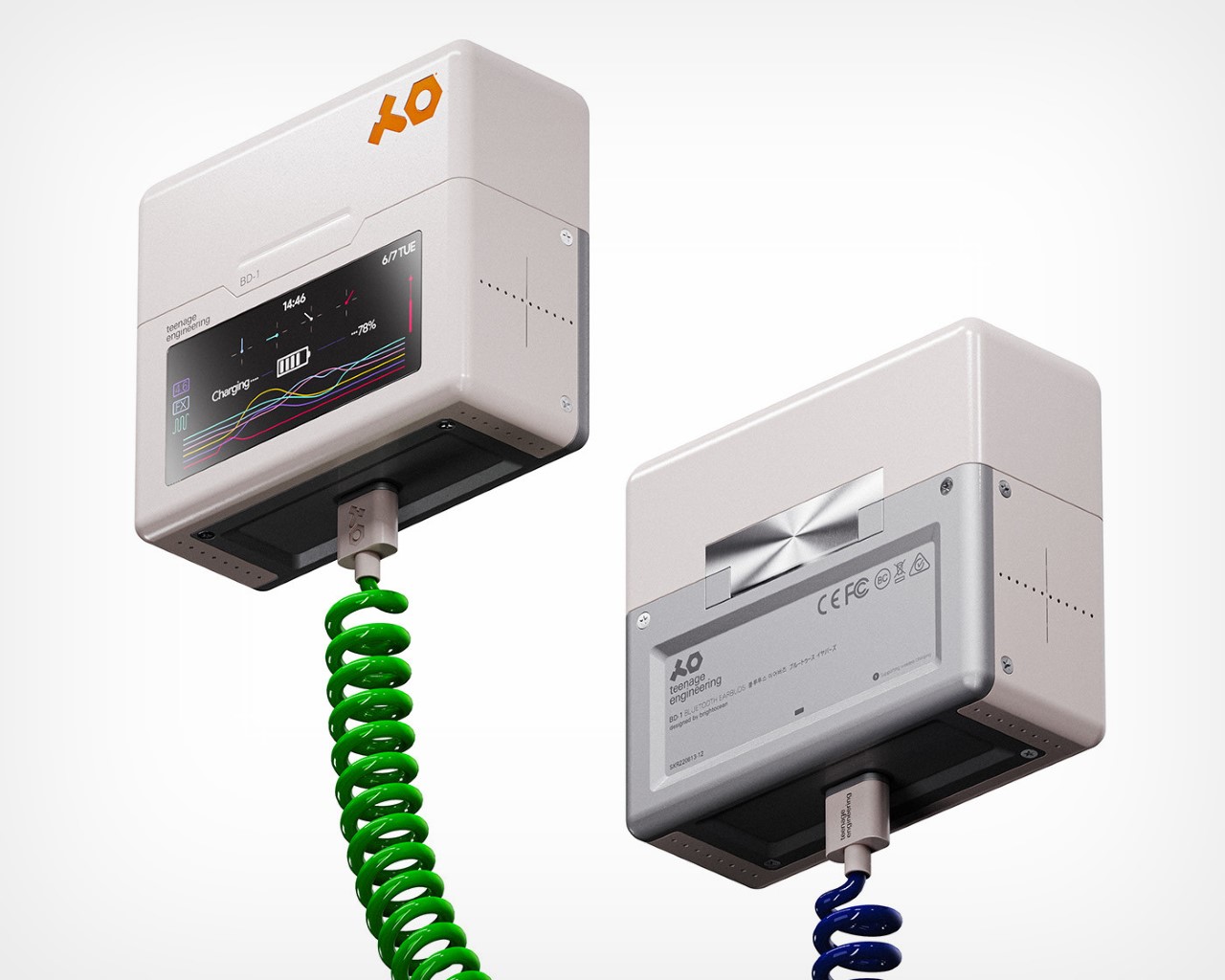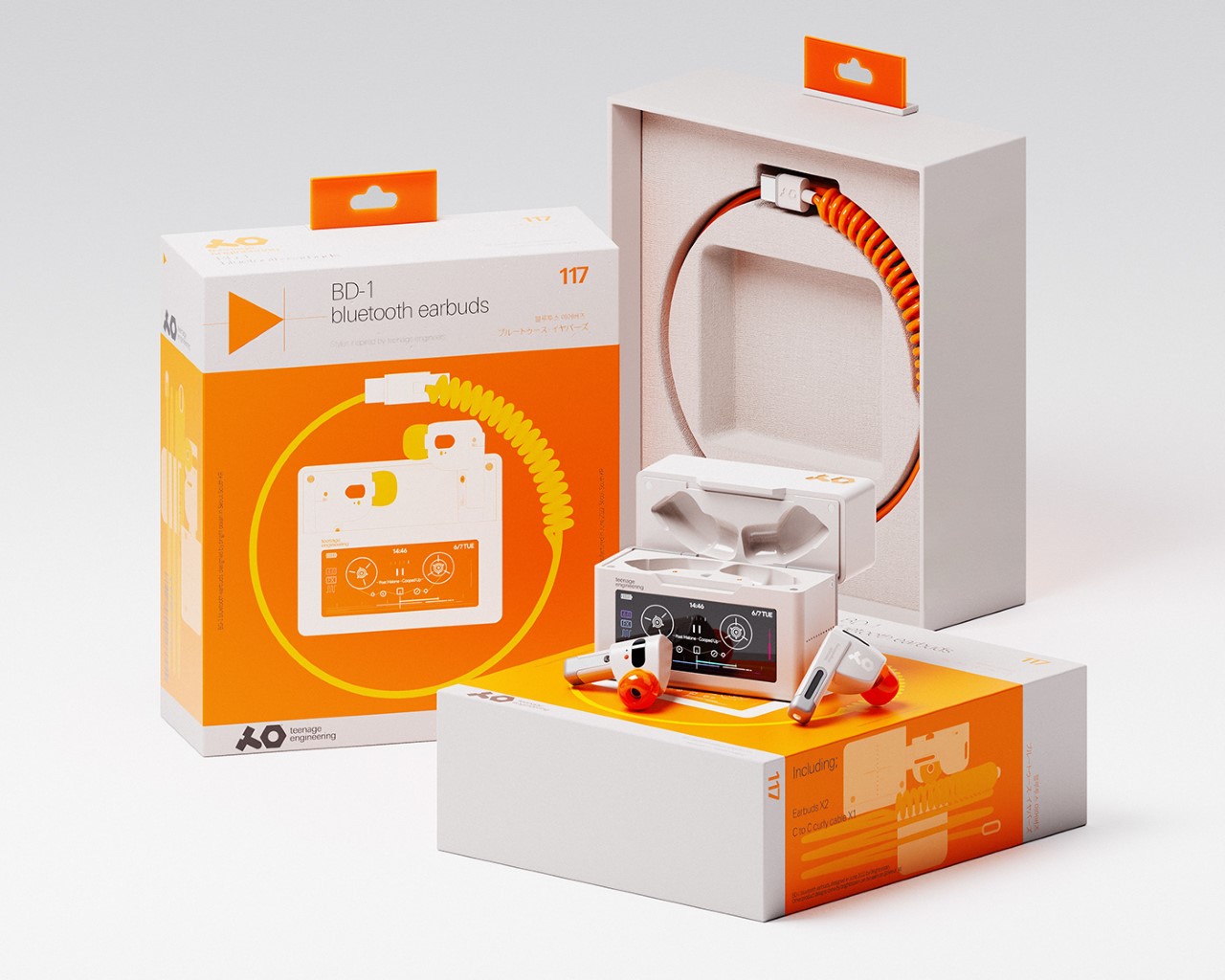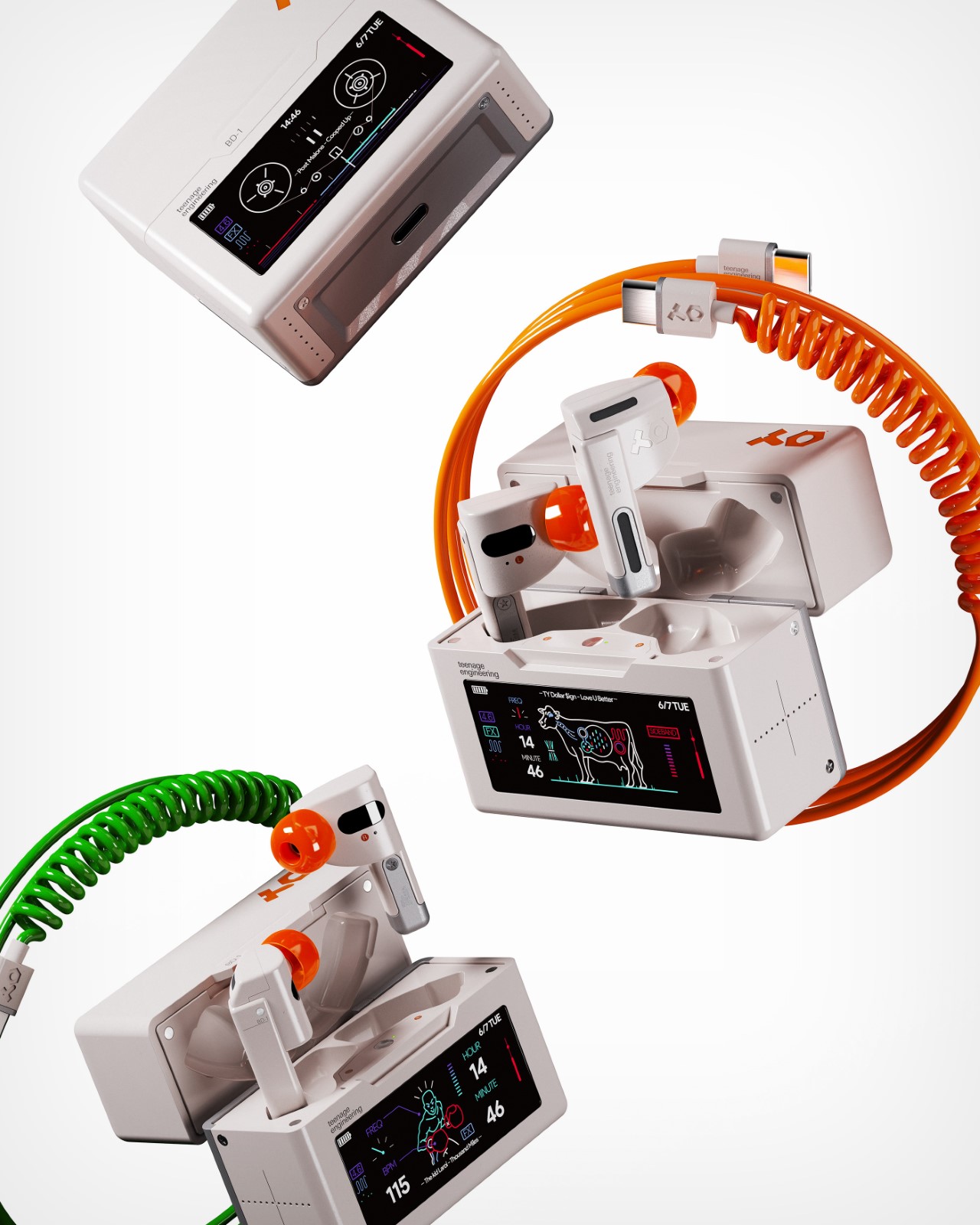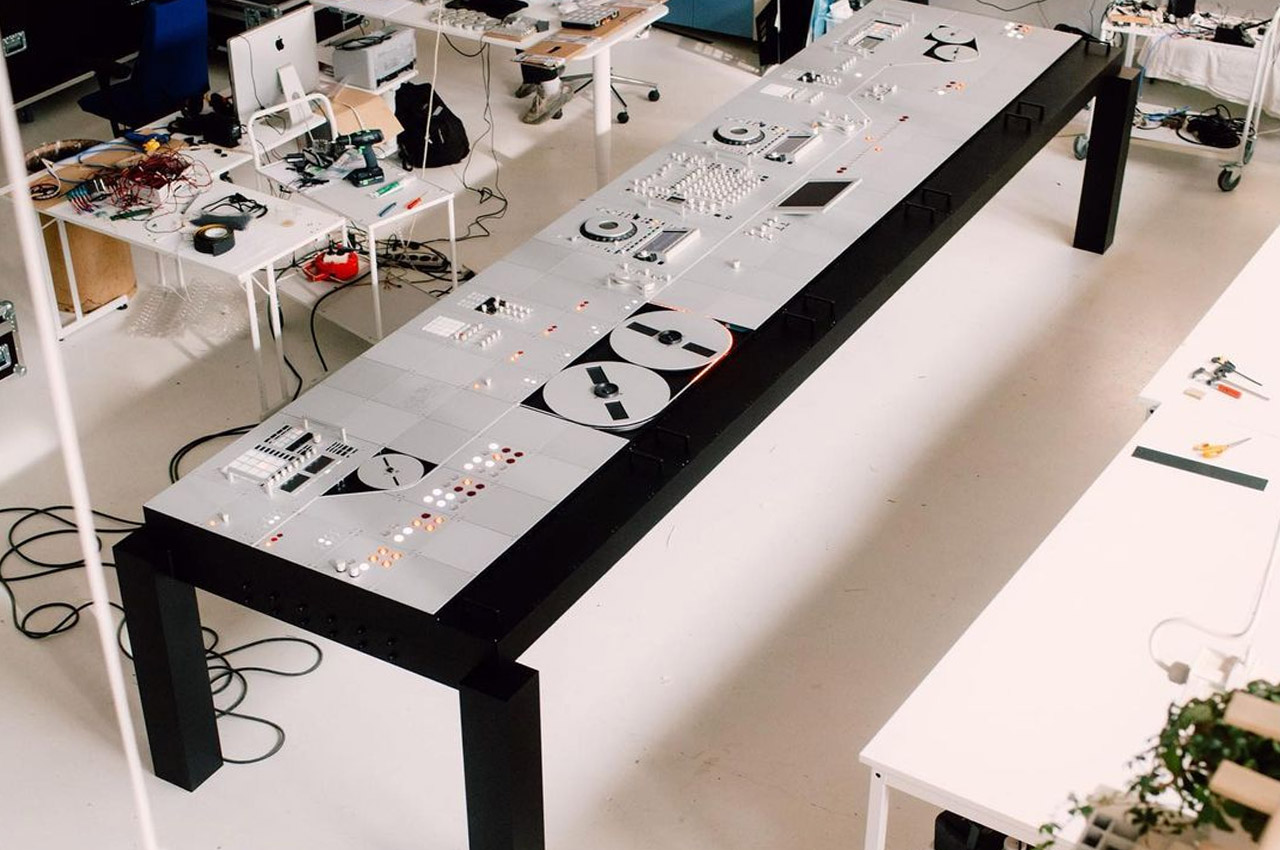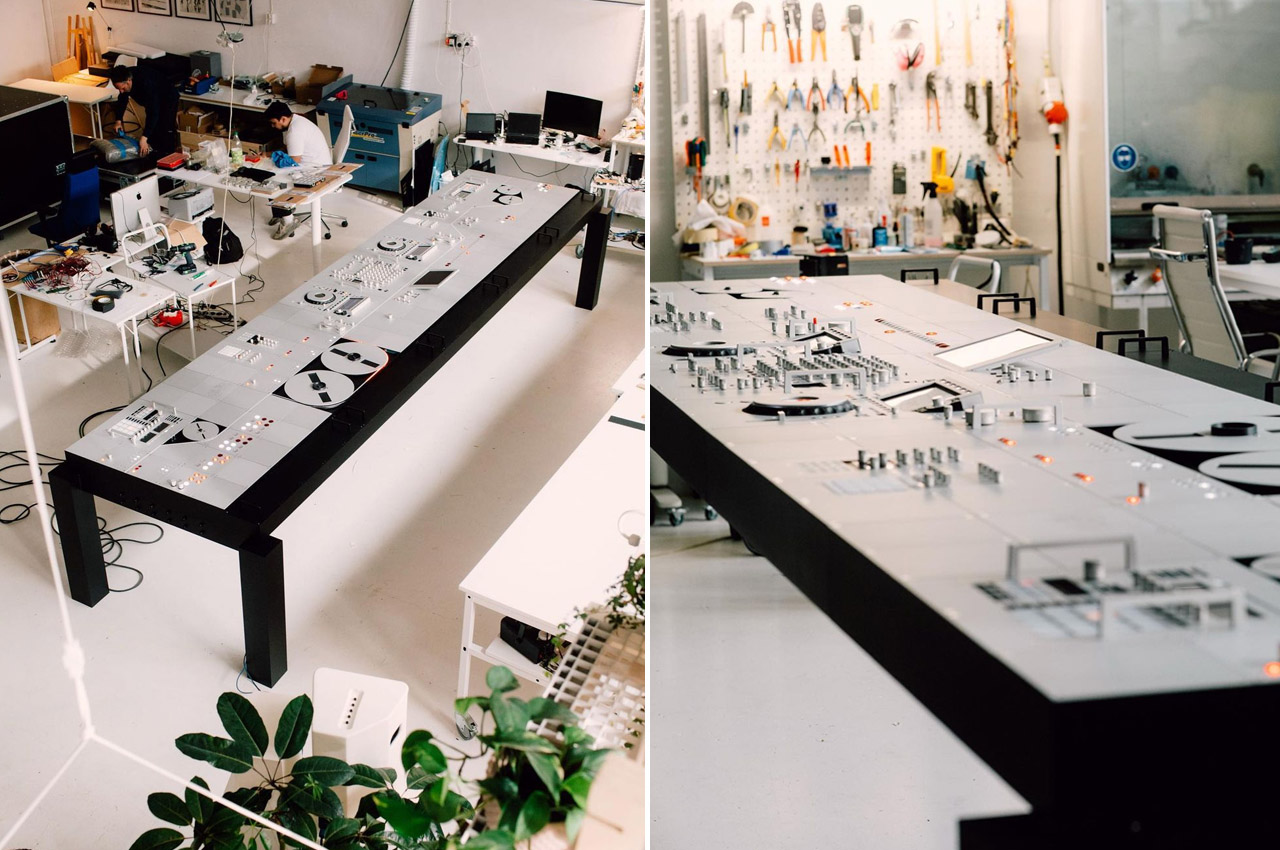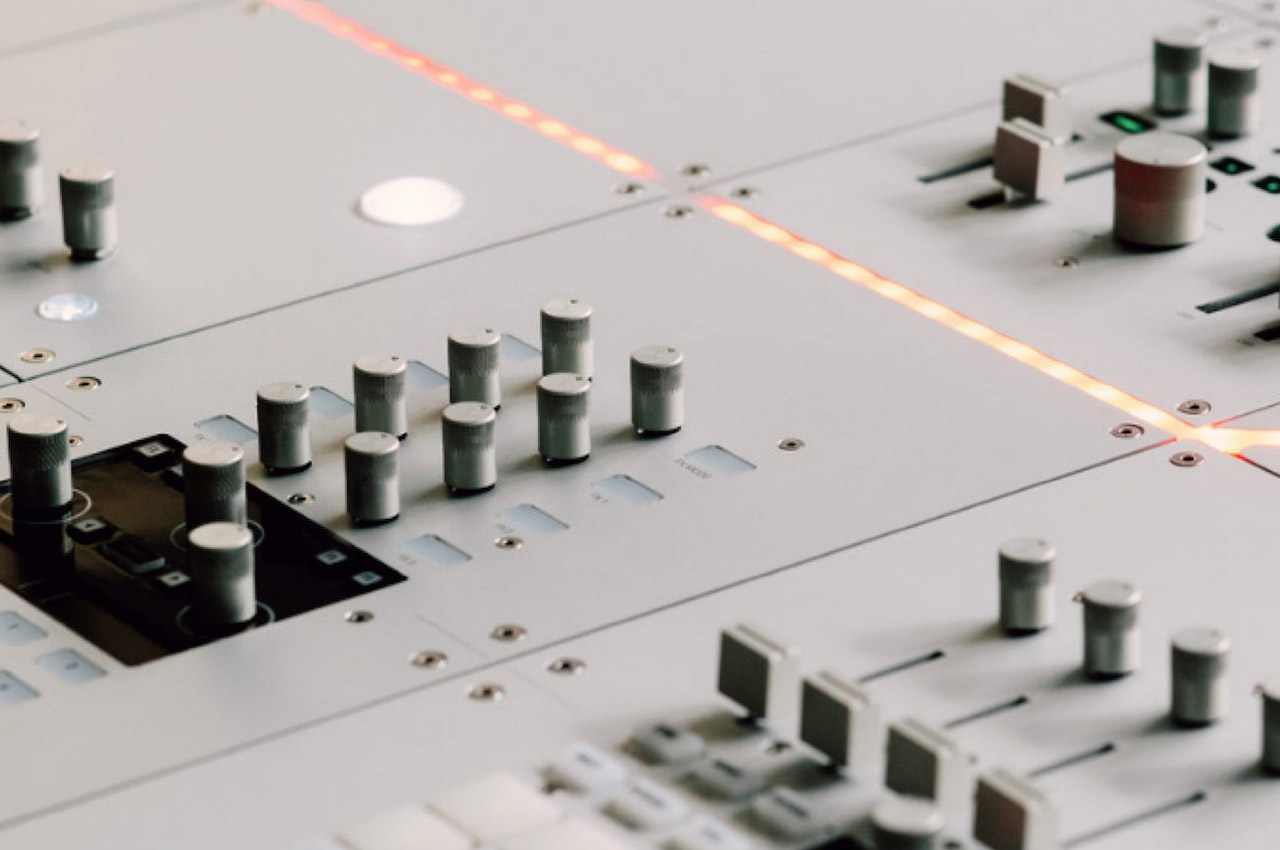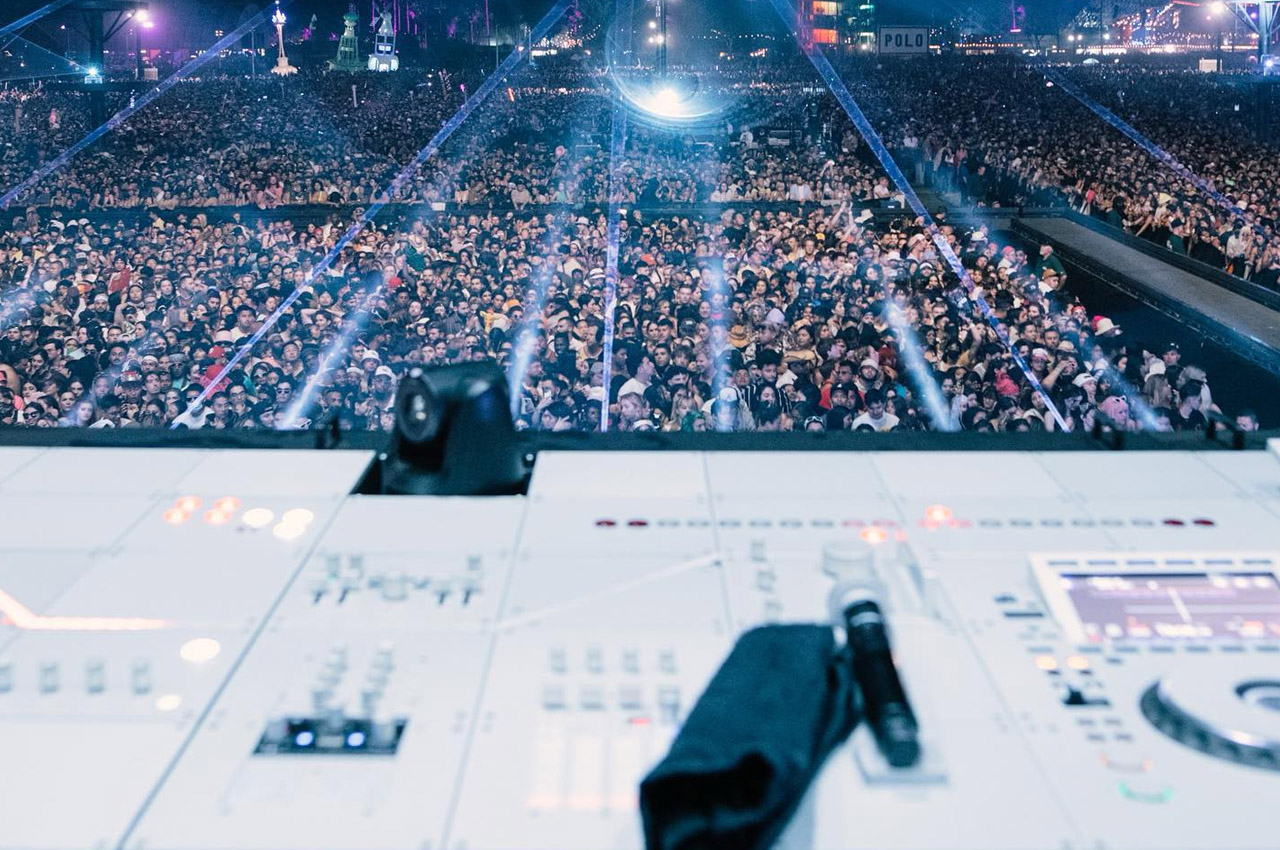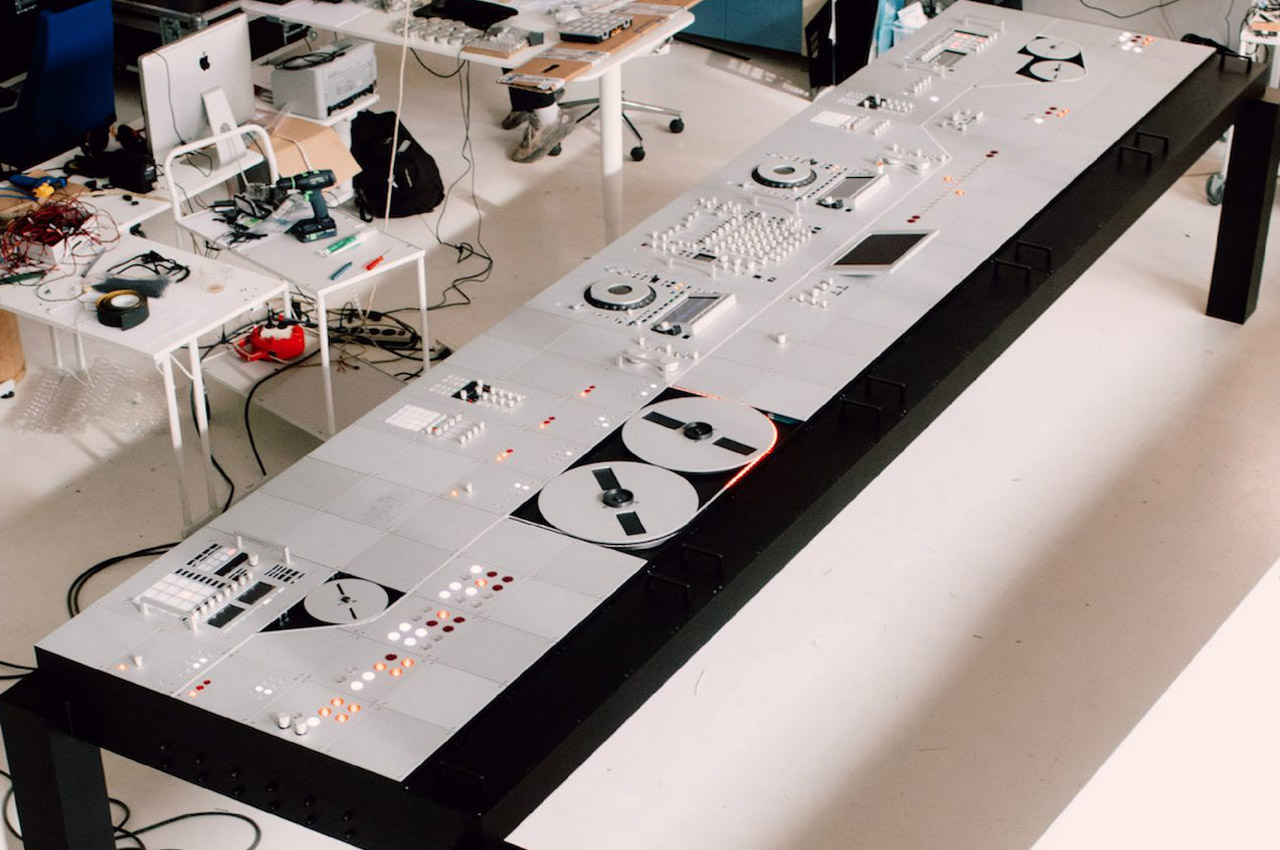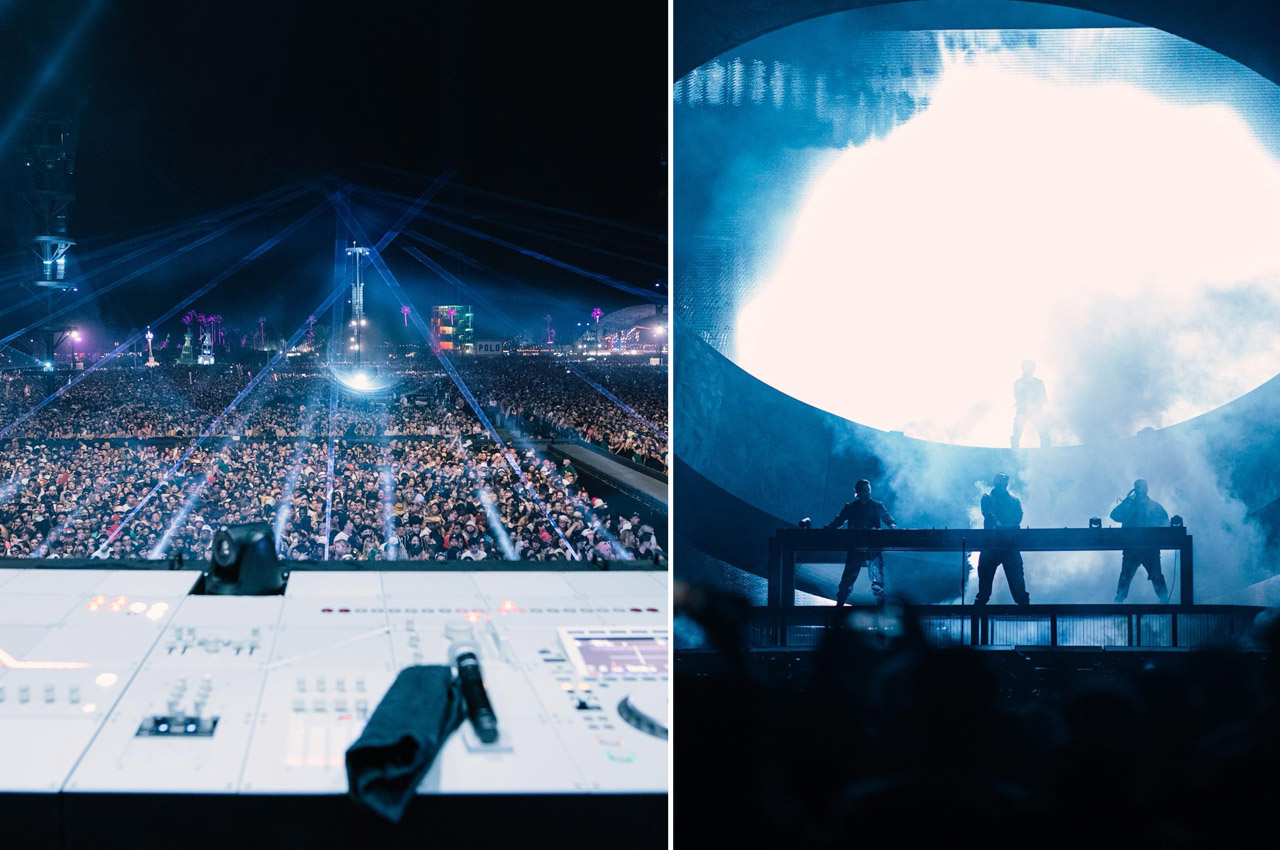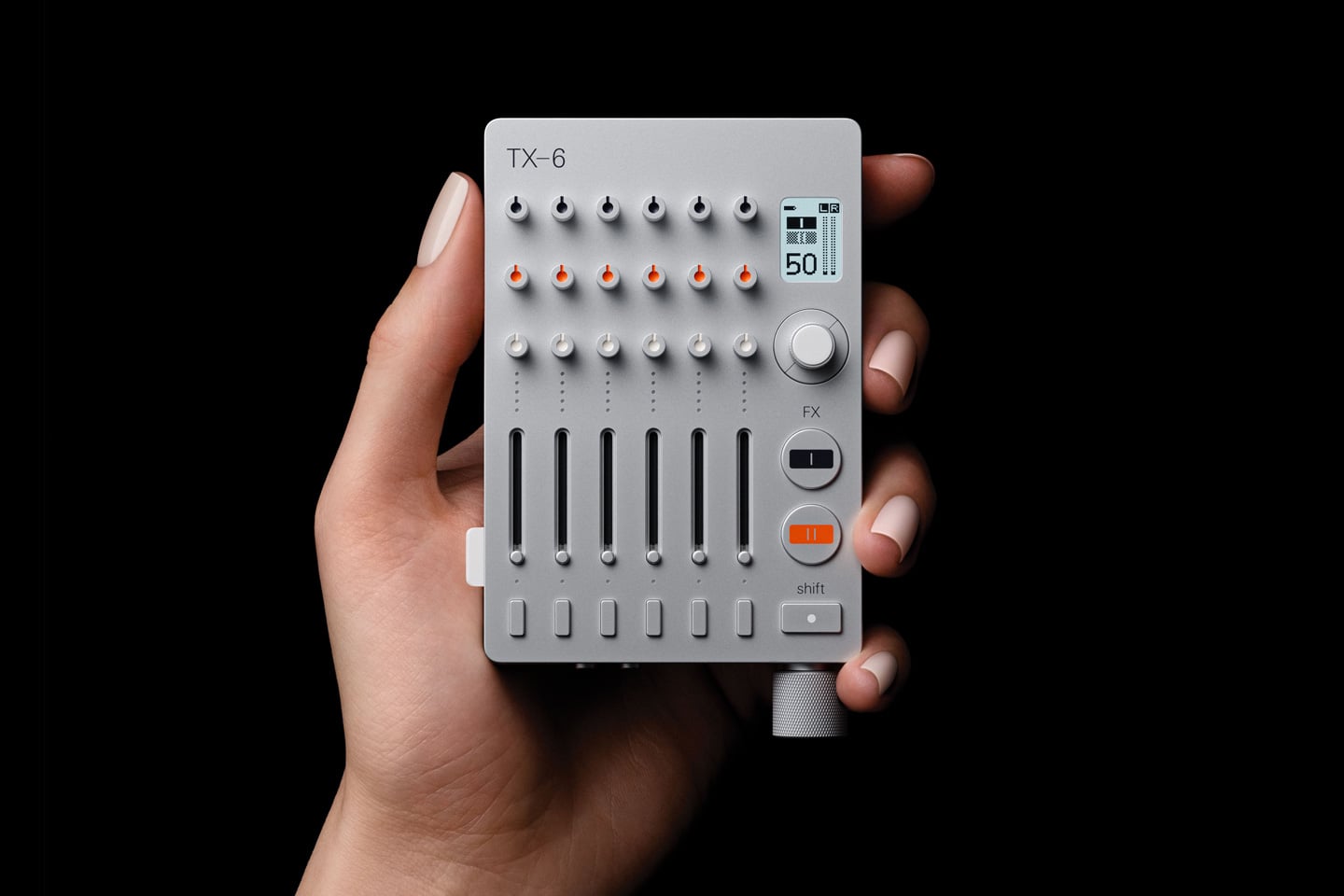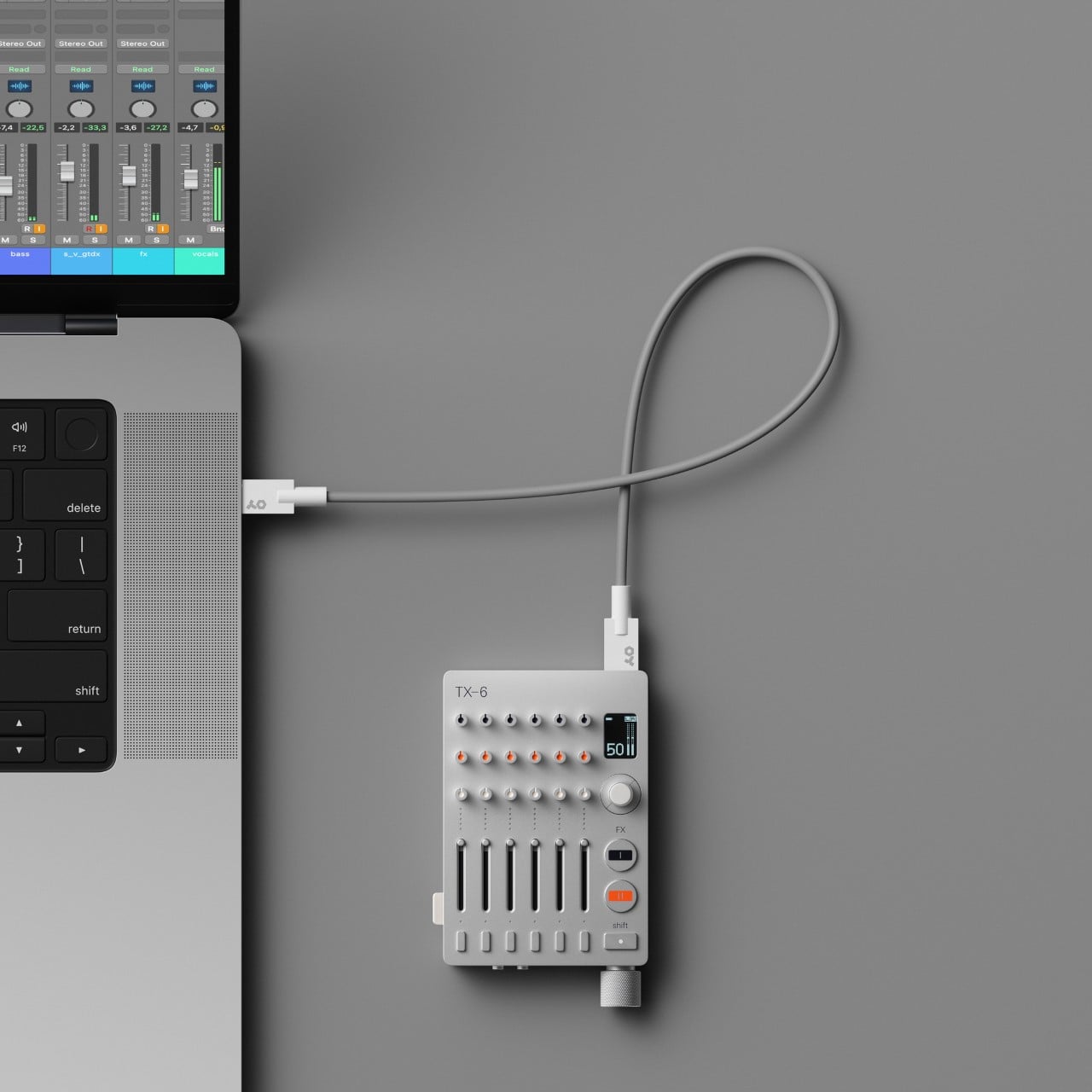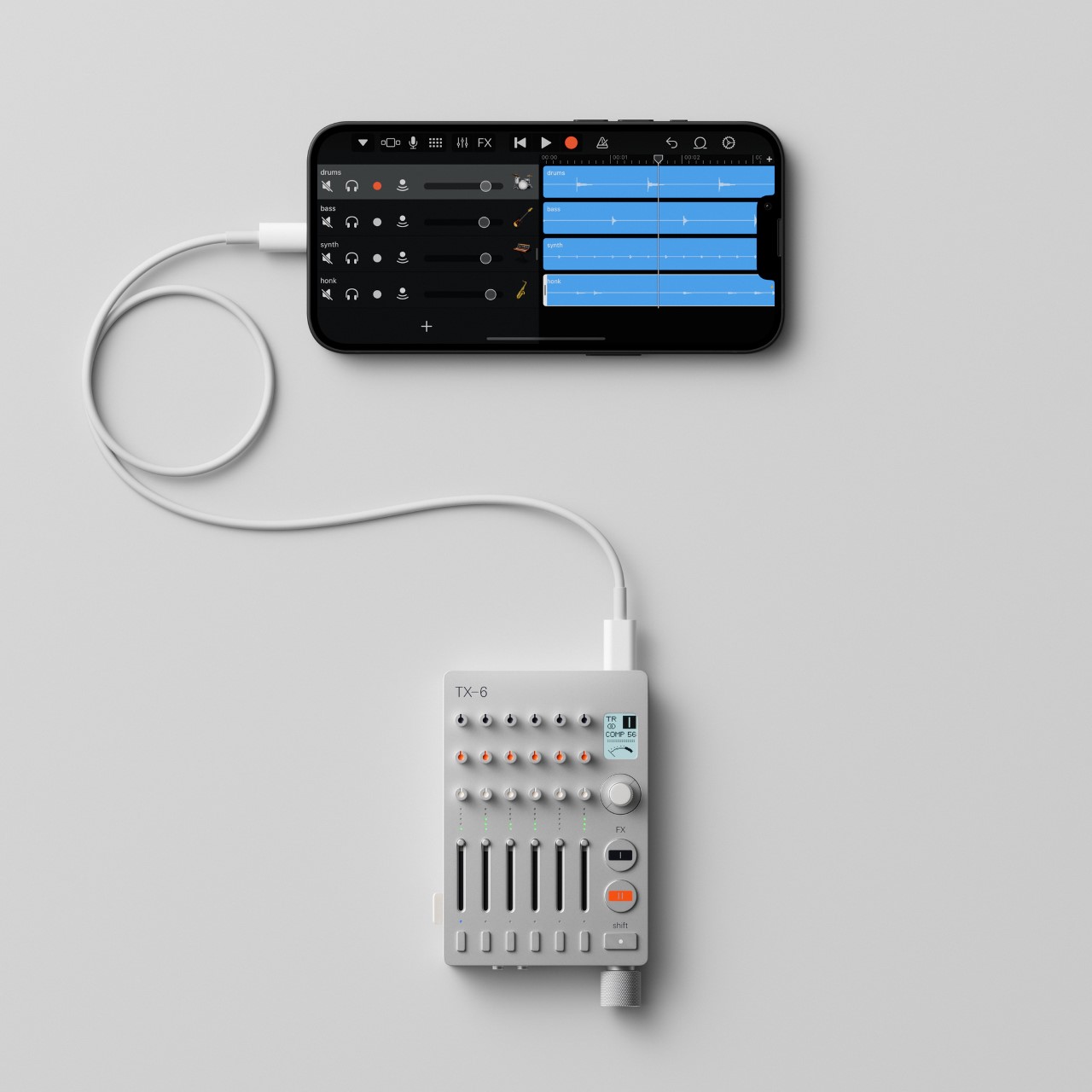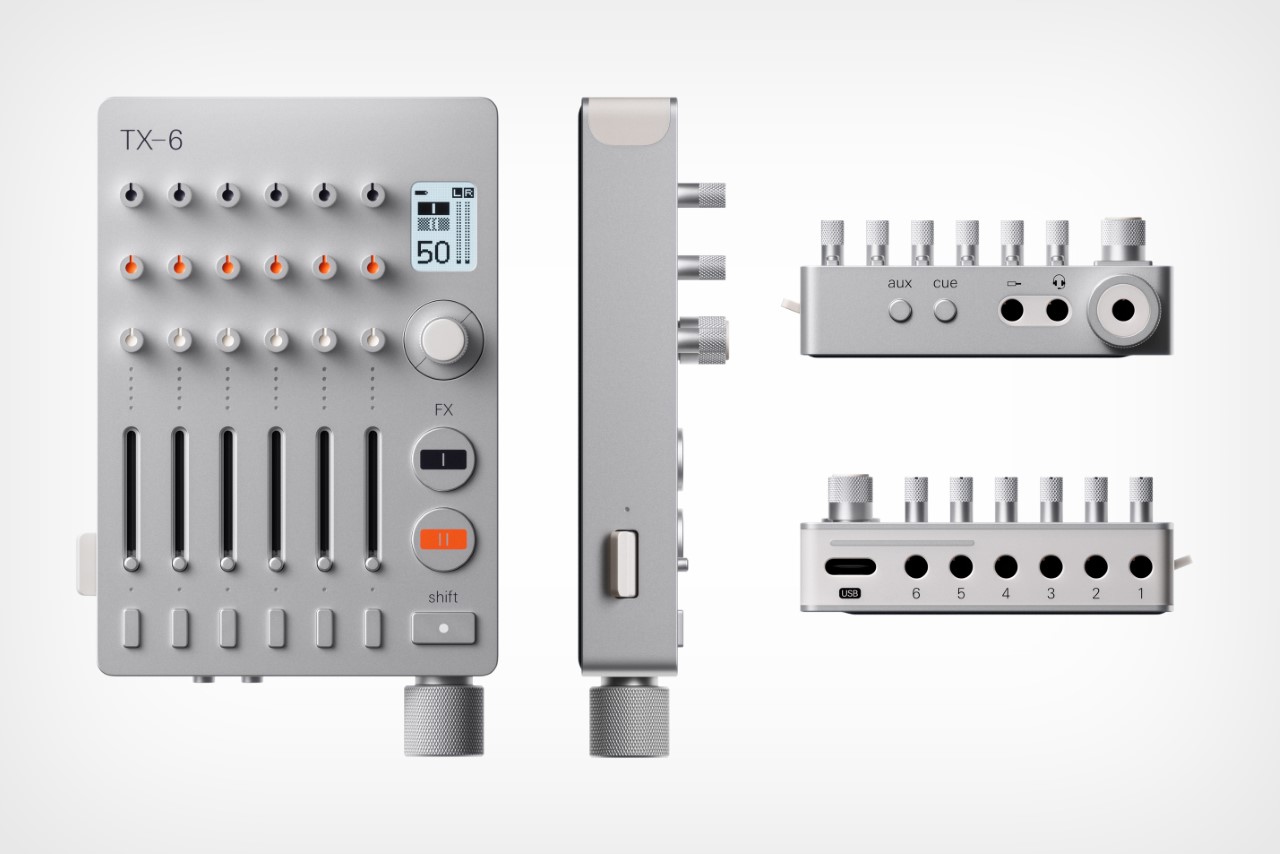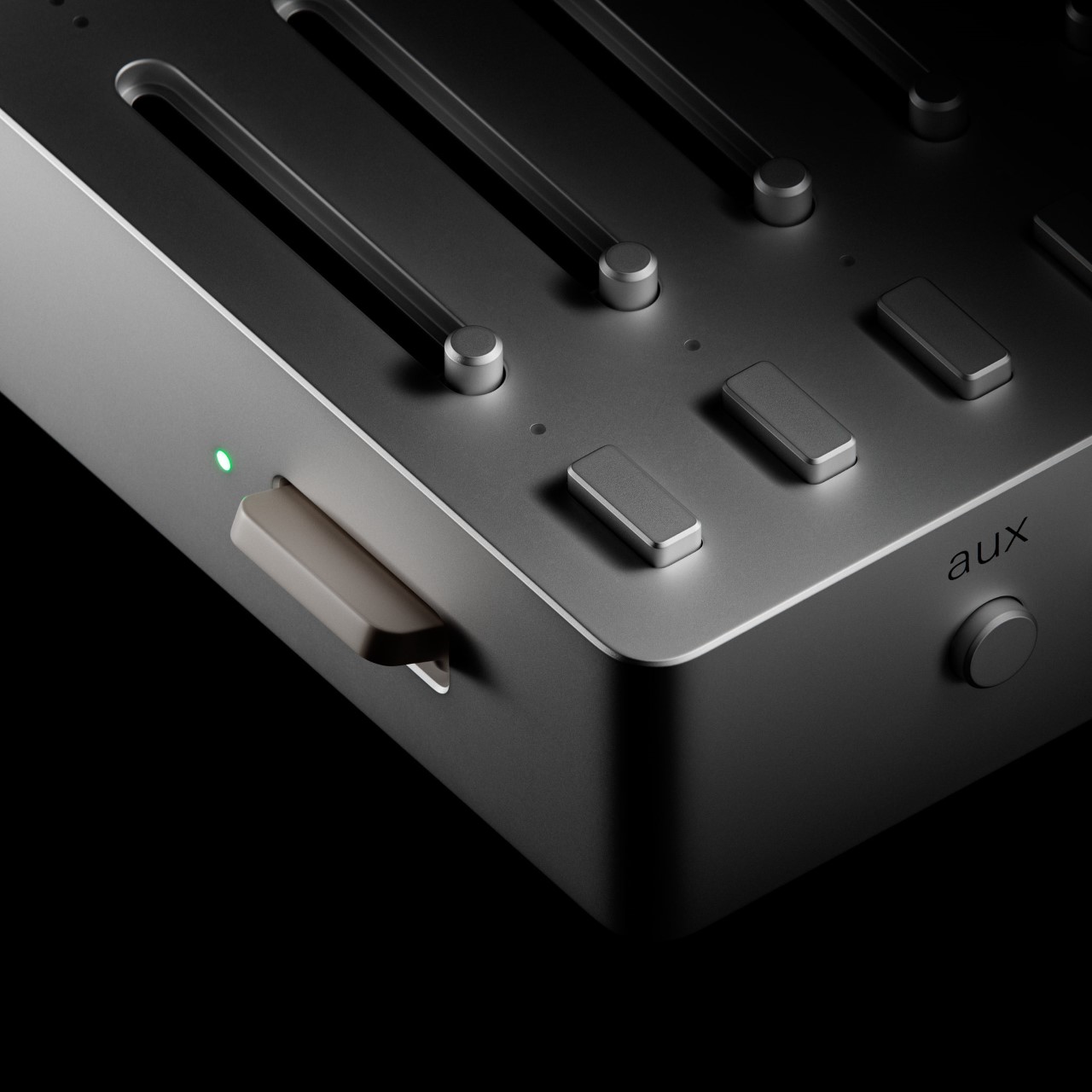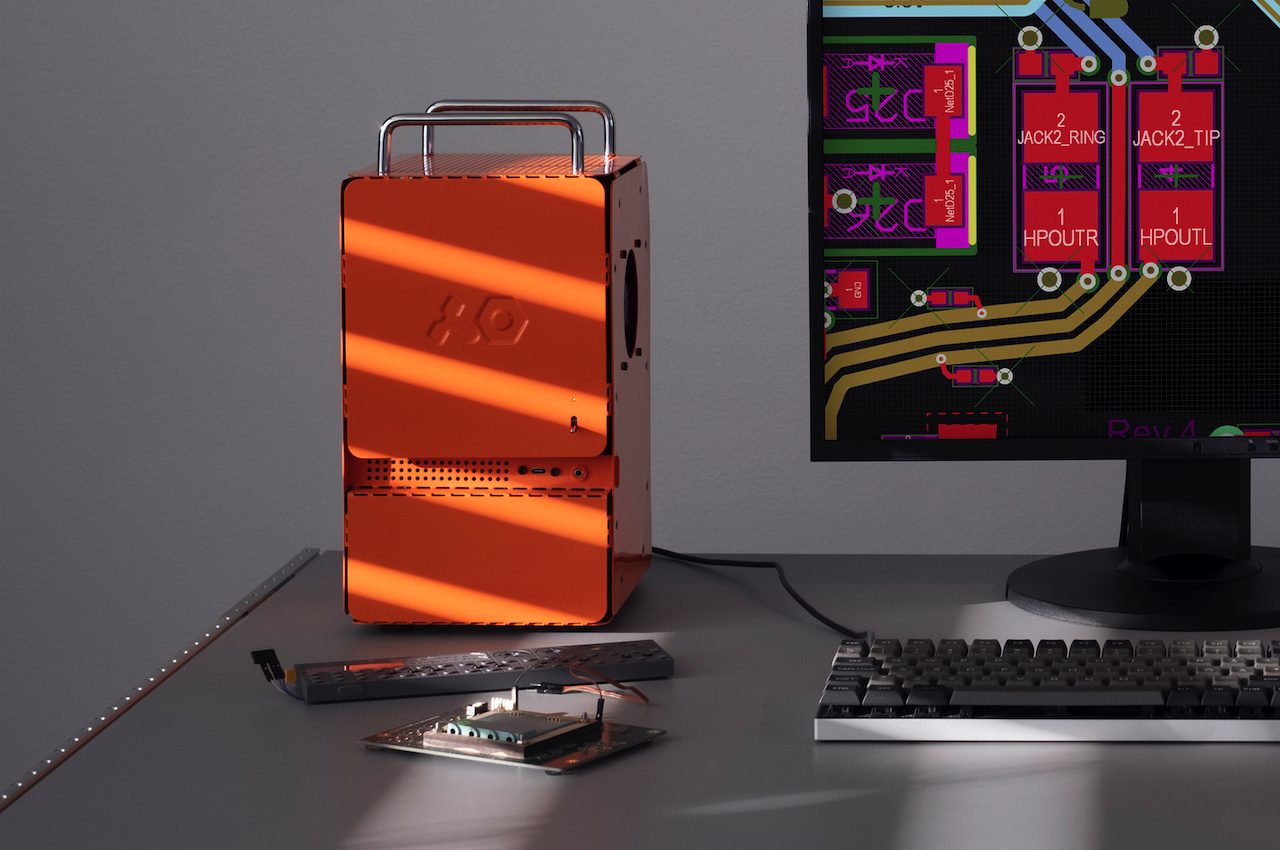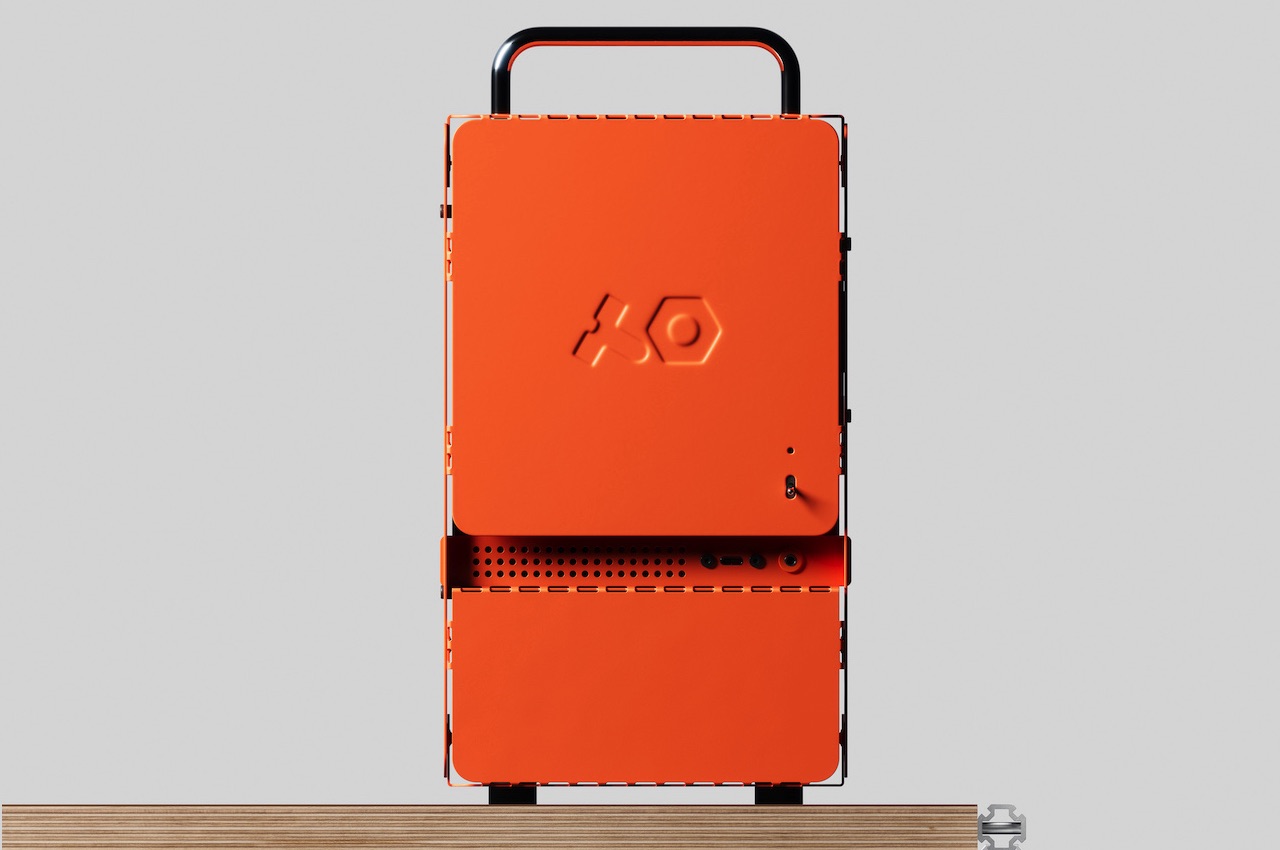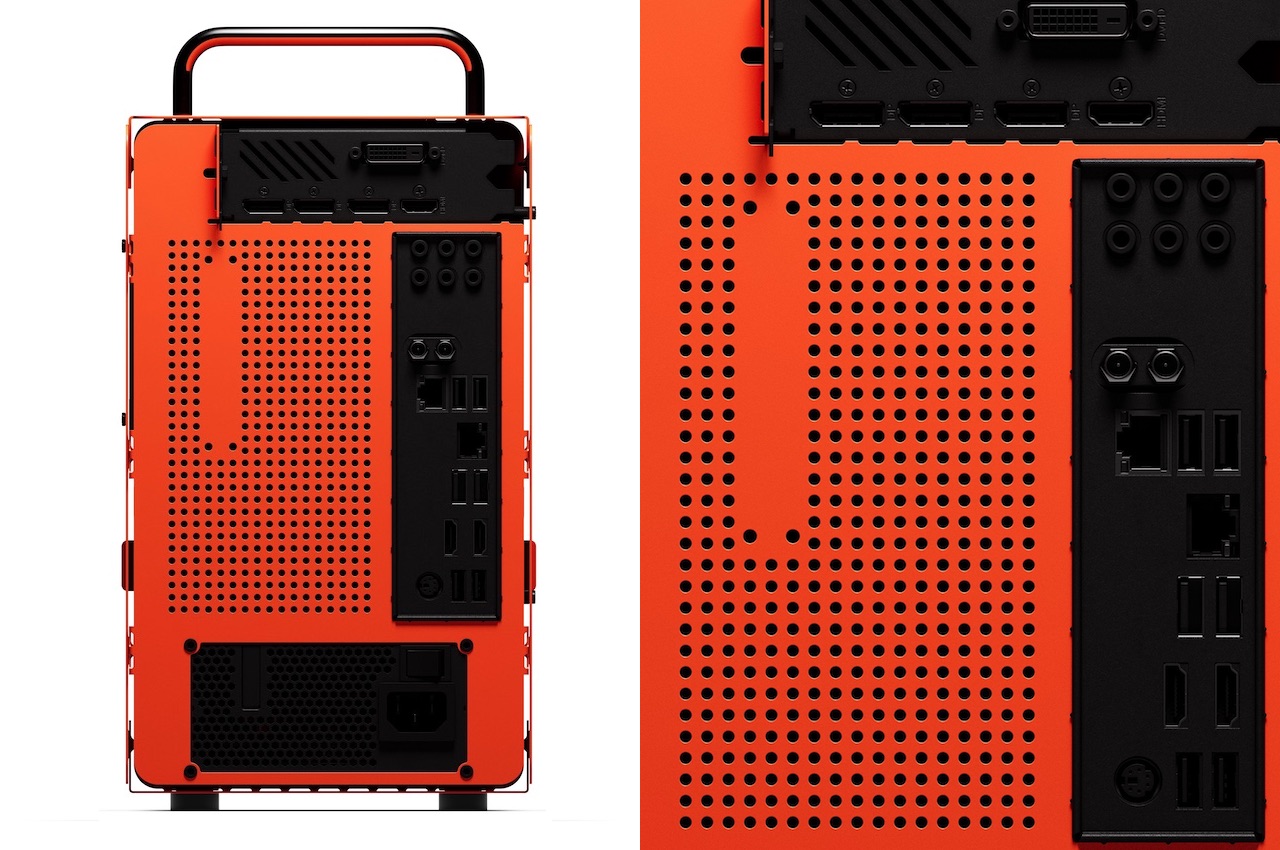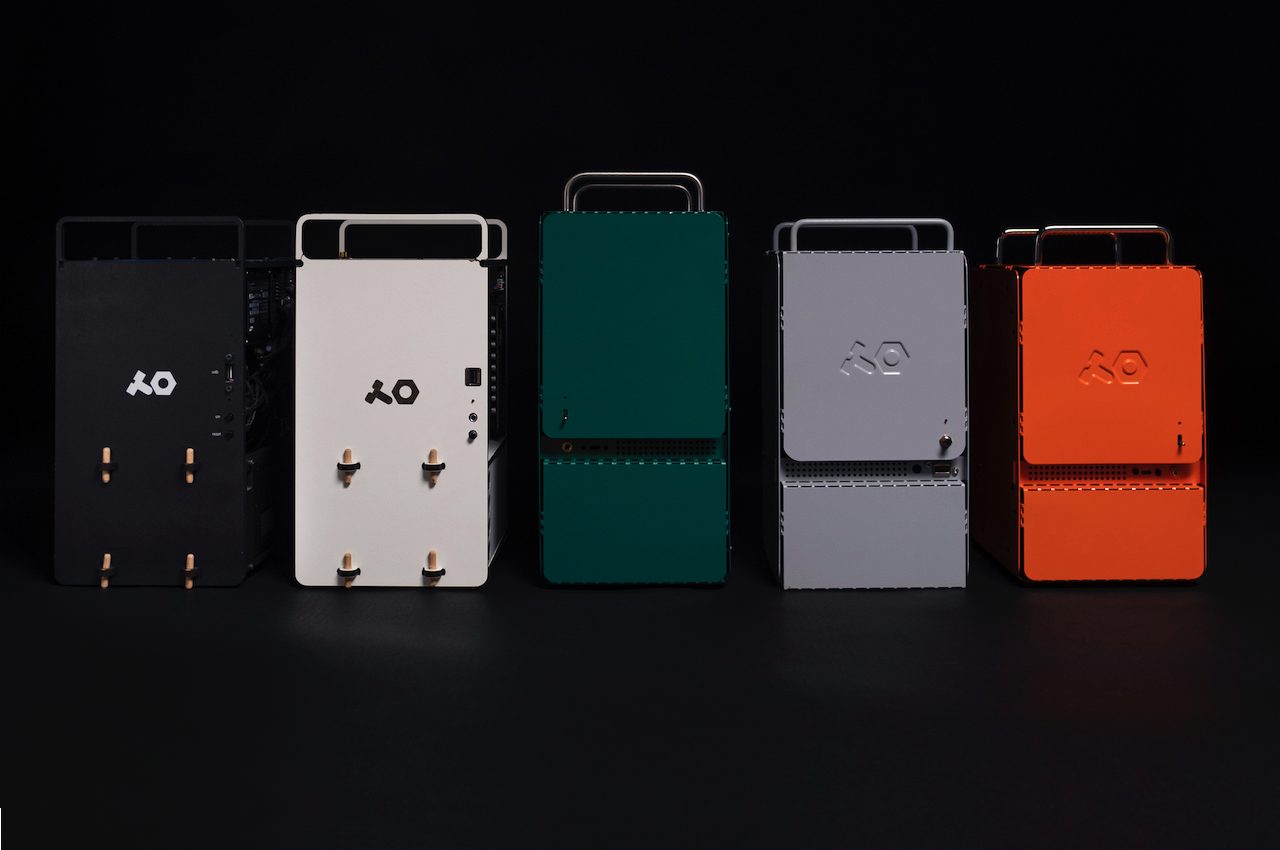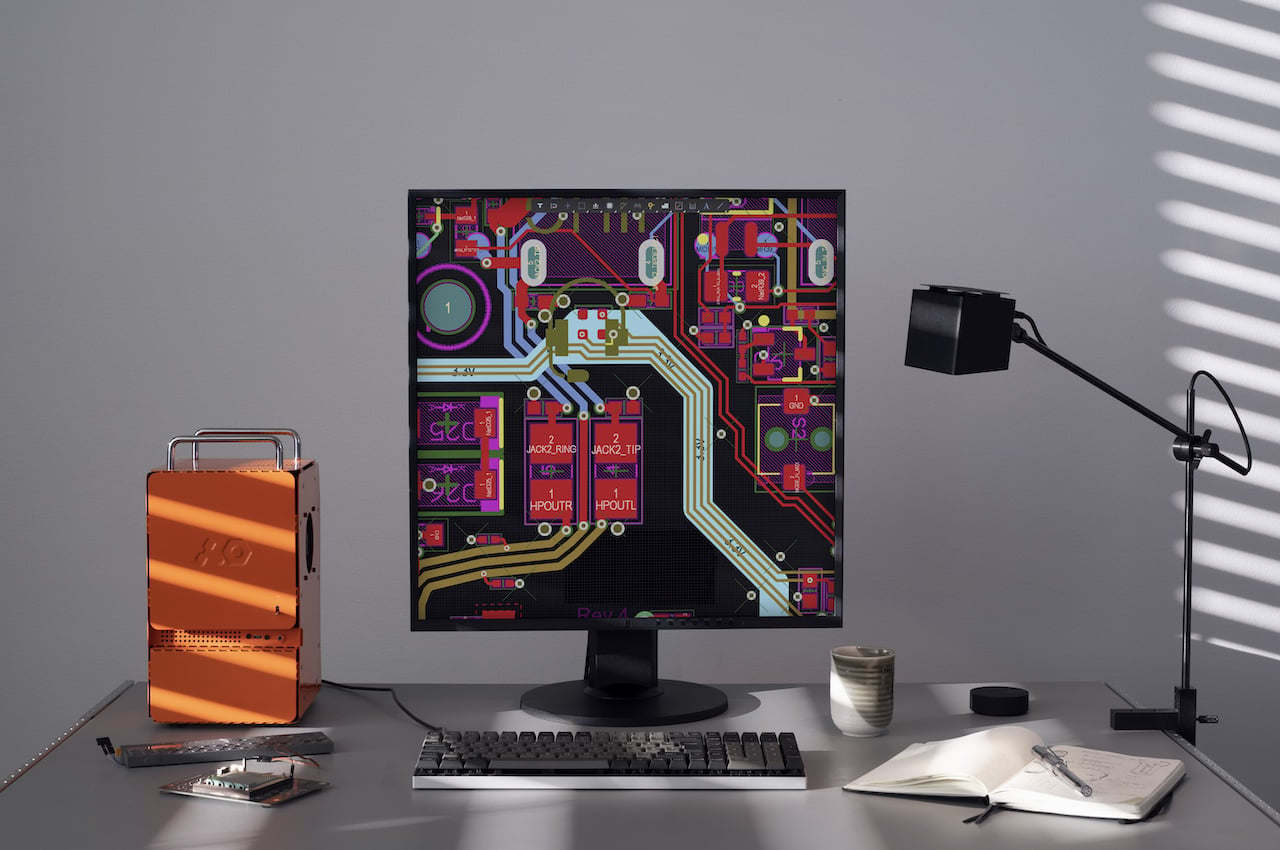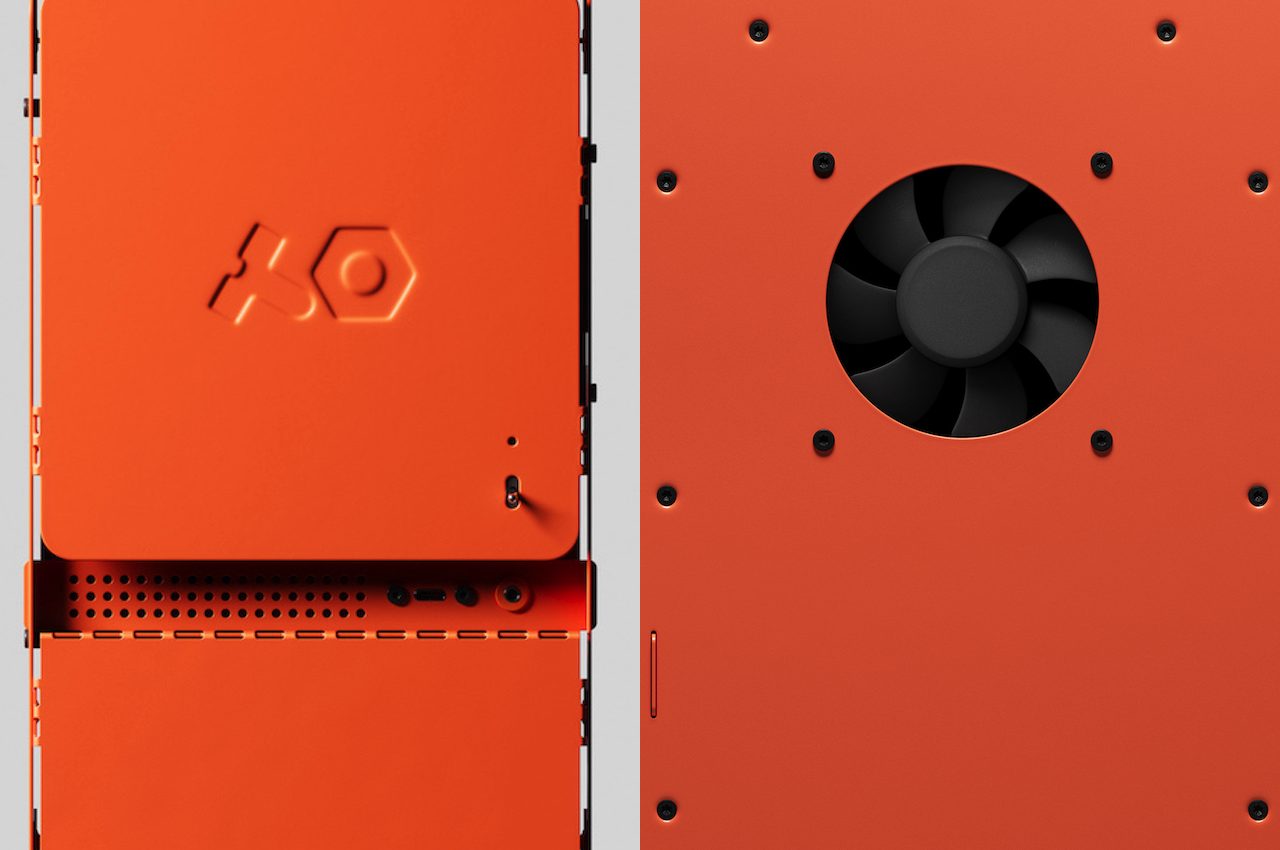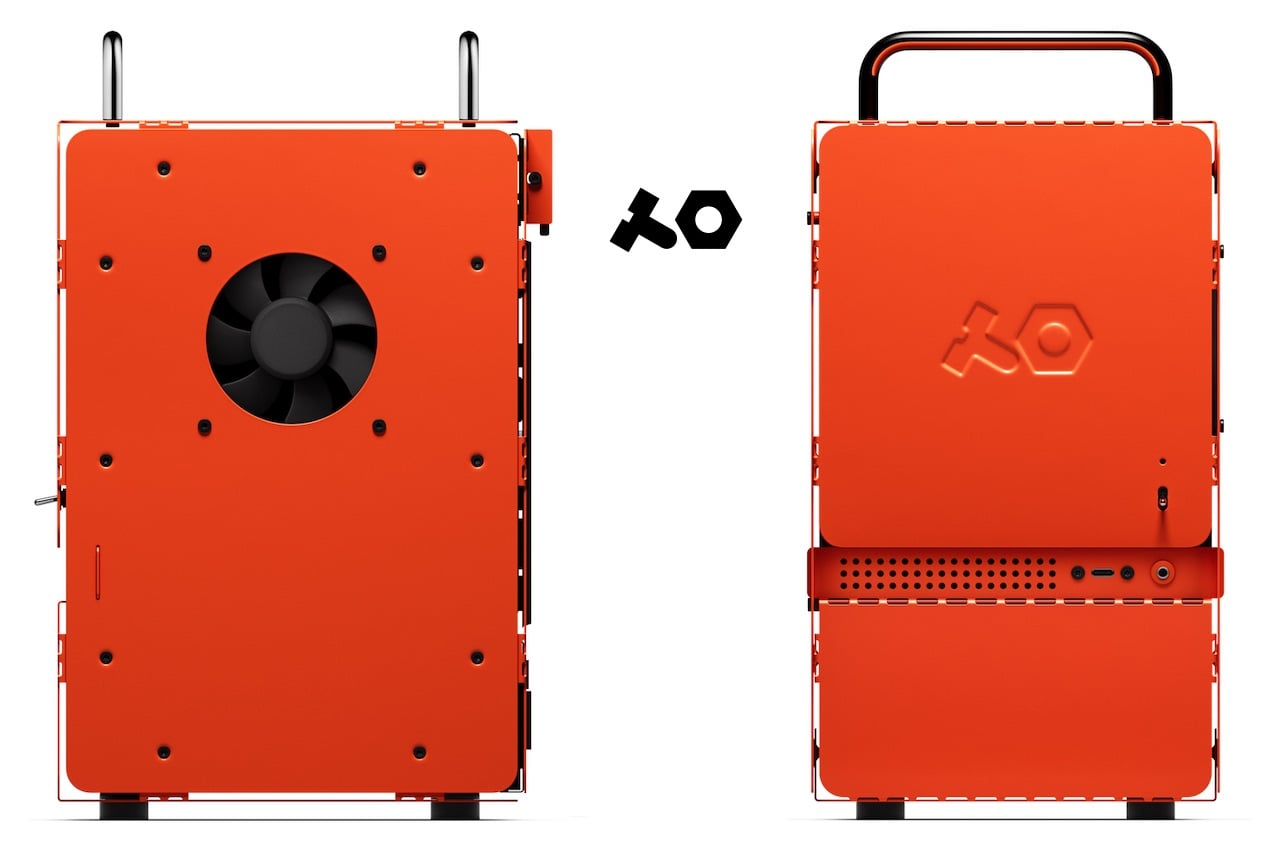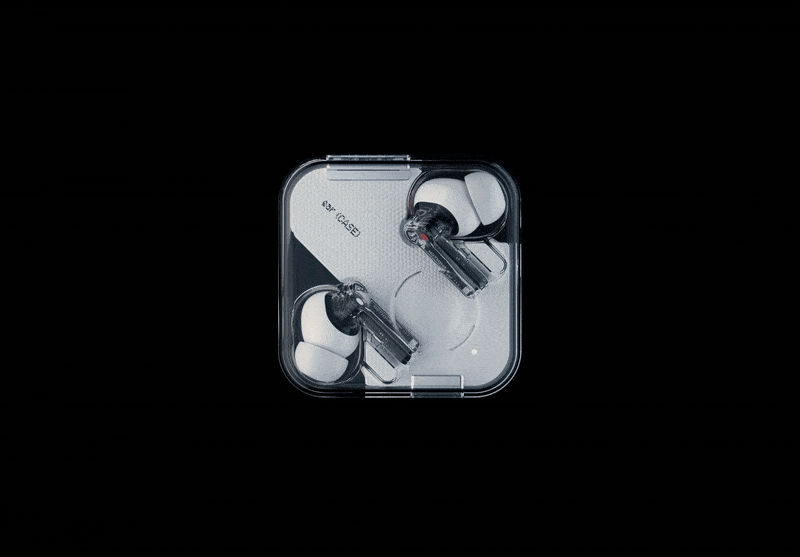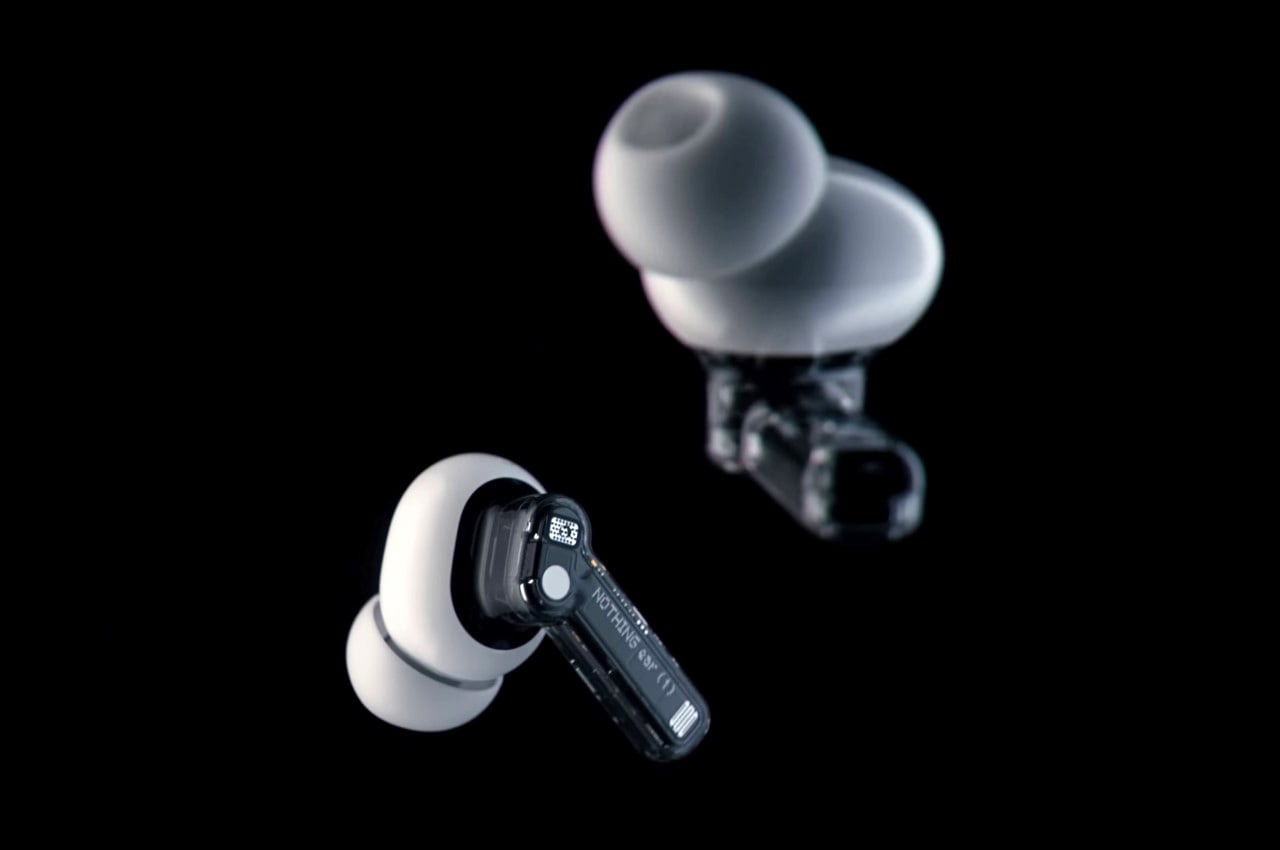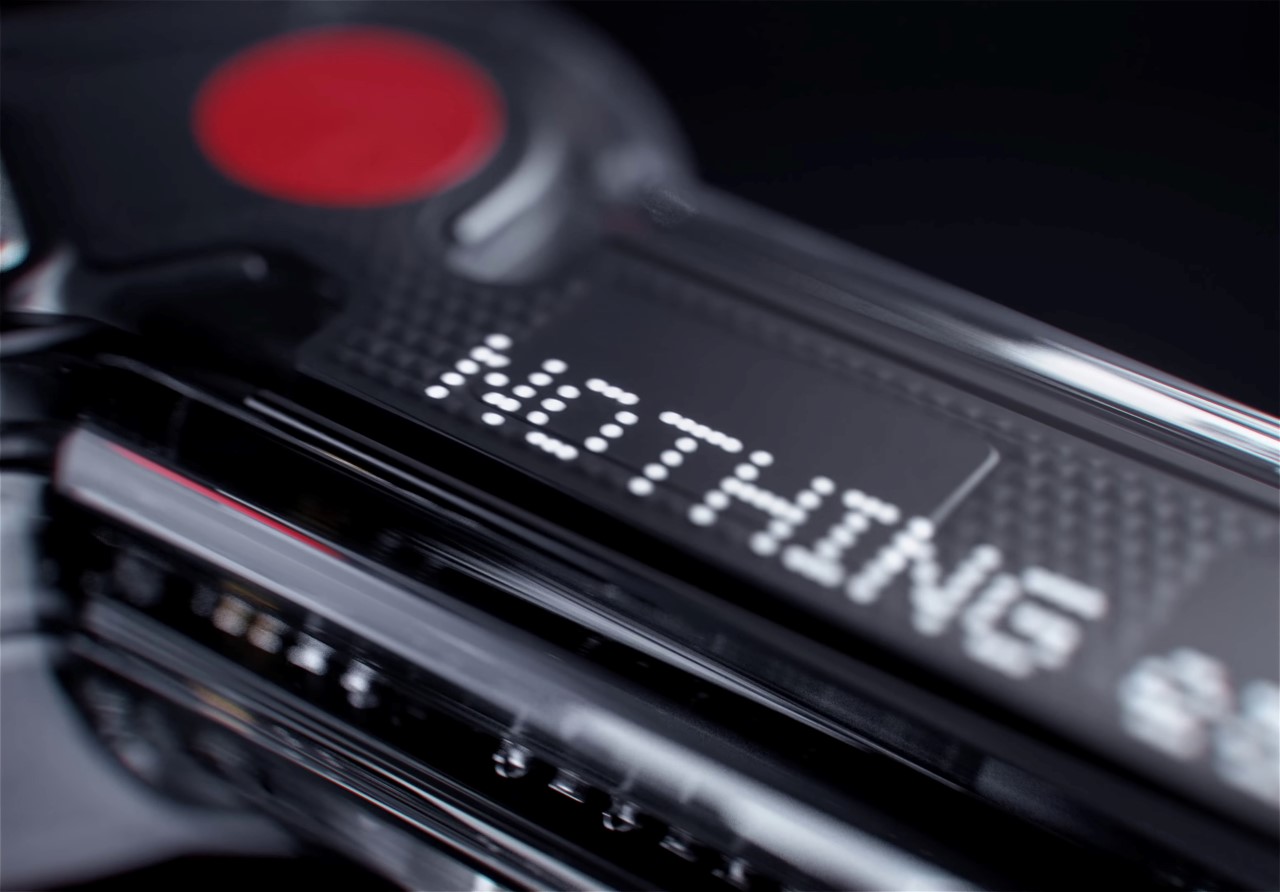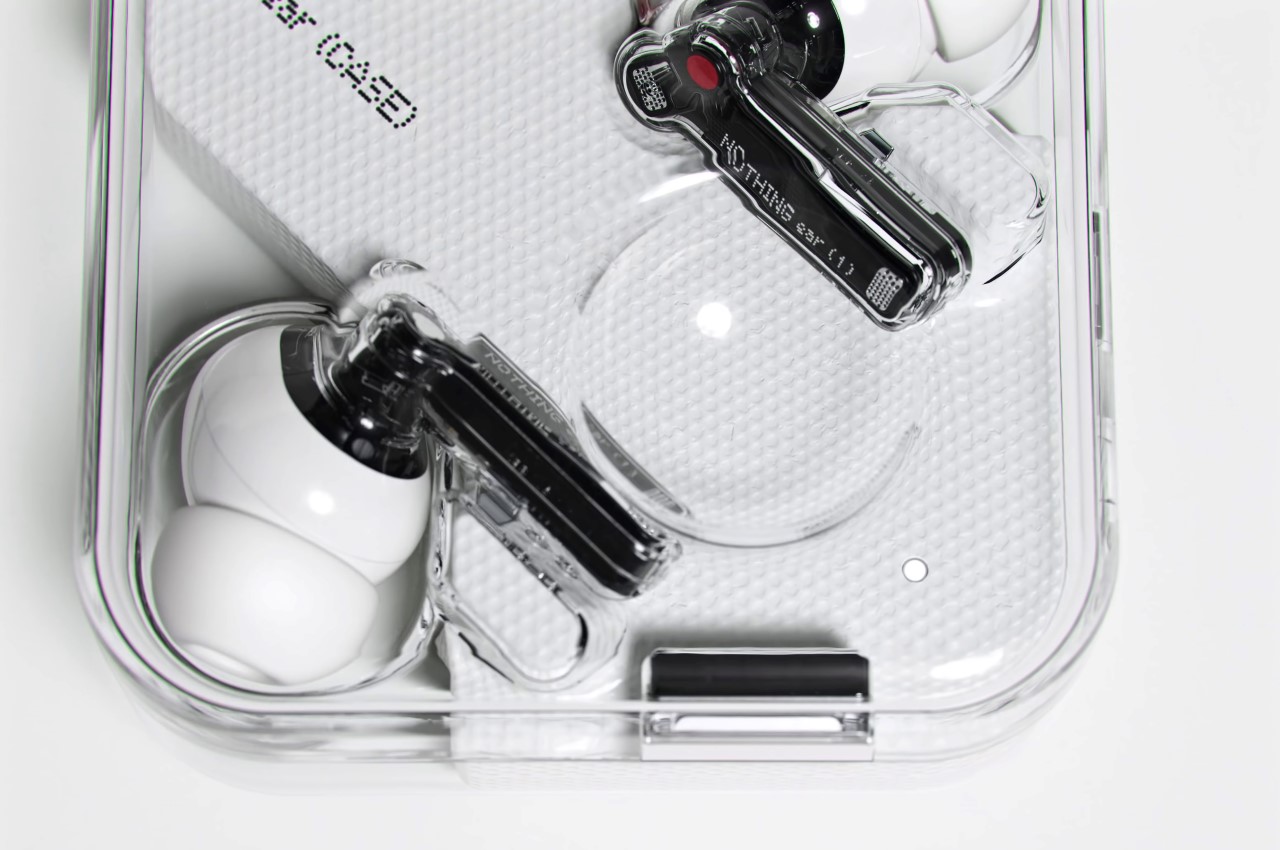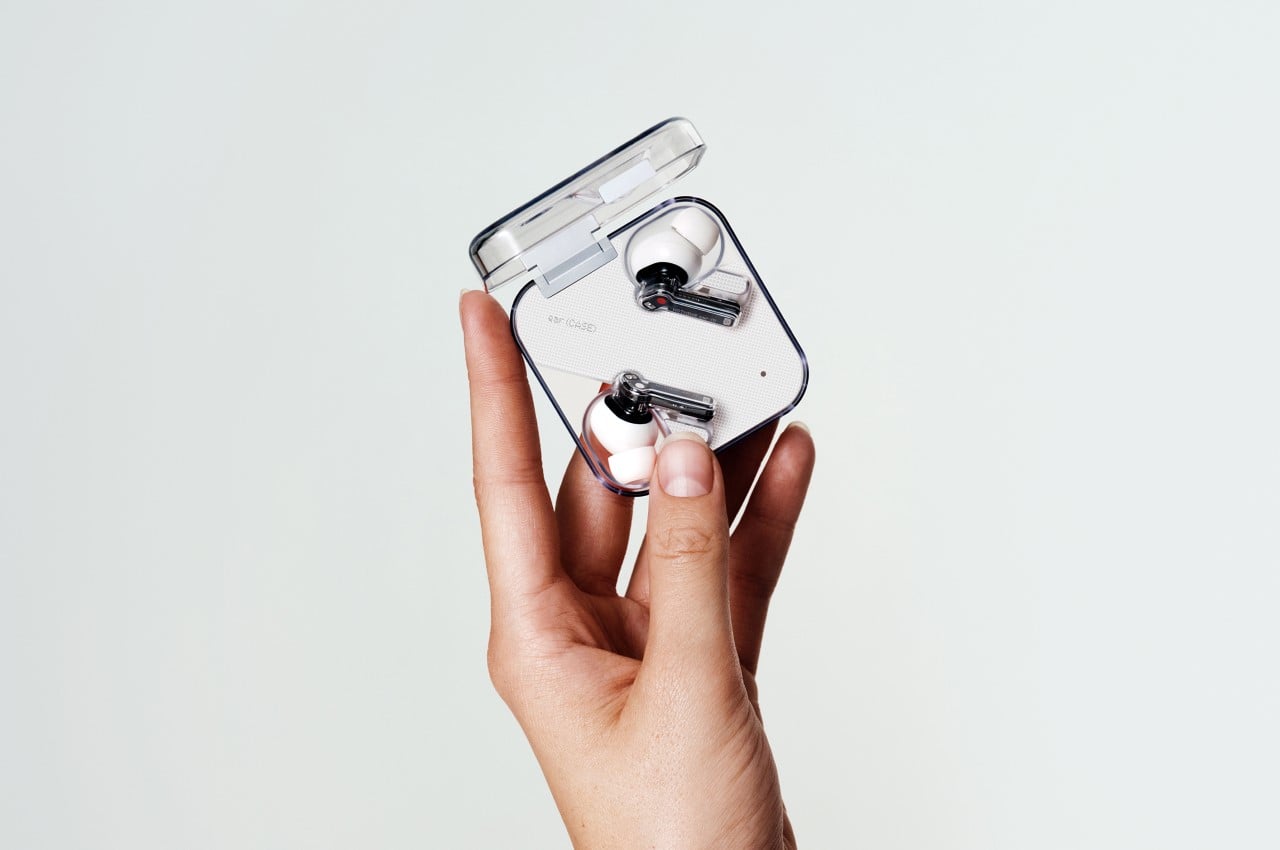Teenage Engineering and its out-of-the-box custom creations keep everyone on their toes every once in a while. What comes next from the Swedish consumer electronics company is impossible to predict, and their new make is nothing different.
Just in time for the holiday season, they’ve crafted a wooden choir that’ll brighten up your Christmas, if it seemed too boring lately. The choir is inspired by the company’s very first project, the Absolut Choir which debuted in 2007 as a set of 22 wooden dolls.
Designer: Teenage Engineering
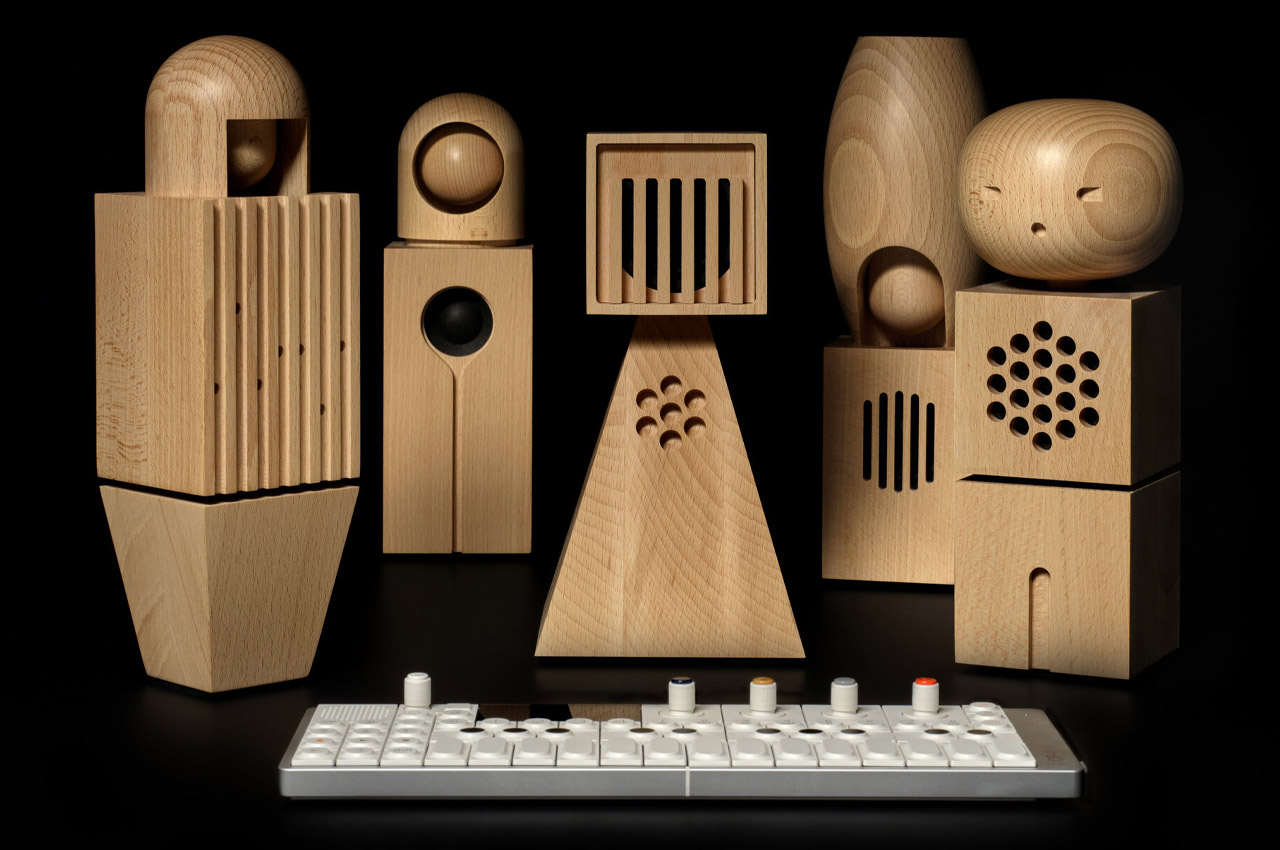
The eight-piece ensemble of dolls sings out preset festive tracks like the Deck The Halls and Auld Lang Syne. Also, your own compositions via the company’s OP-1 Field, OP-Z, or any Bluetooth MIDI keyboard are playable which is audacious. Each of these eight dolls has its own voice and vocal pitch for a unique listening experience. They can sing in chorus or solo (they all have built-in speakers) depending on the listeners’ mood and the occasion.
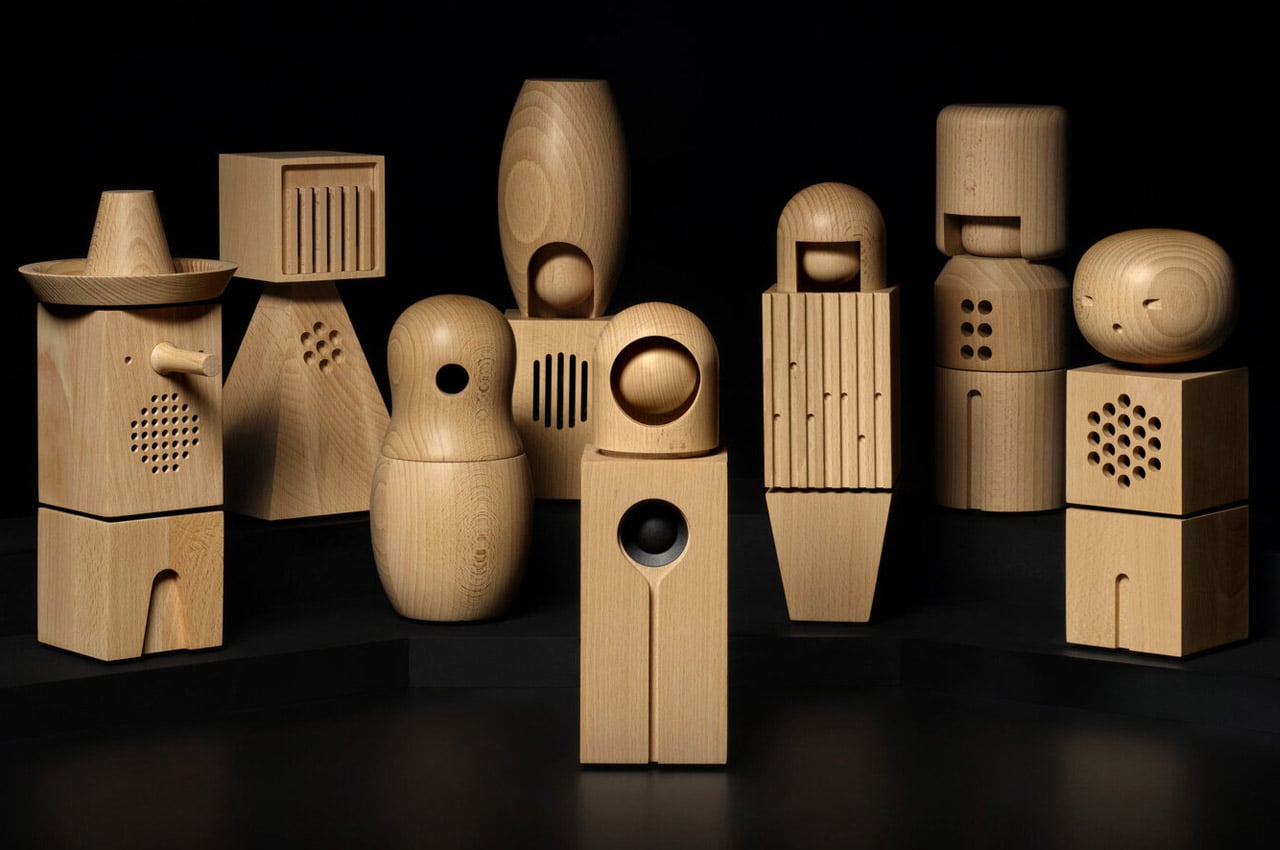
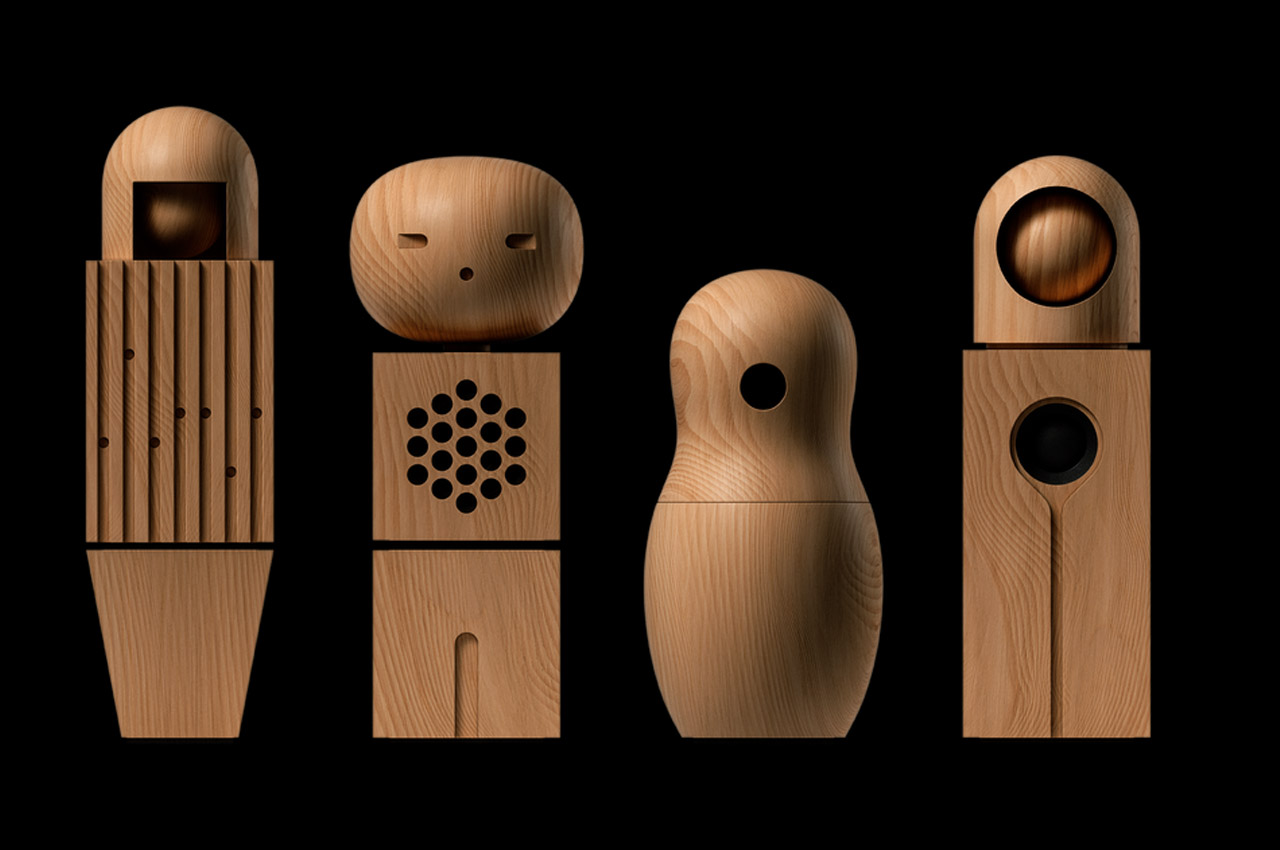
I can instantly imagine these wooden dolls – Gisela (mezzo soprano), Leila (soprano), Miki (tenor), Bogdan (bass), Hatshepsut (mezzo soprano), Ivana (alto), and Carlo (baritone) – as the centerpiece of a living room shelf or work from home desktop setup. They are all designed based on the different cultures and characters from around the world which makes them special in their own rights.
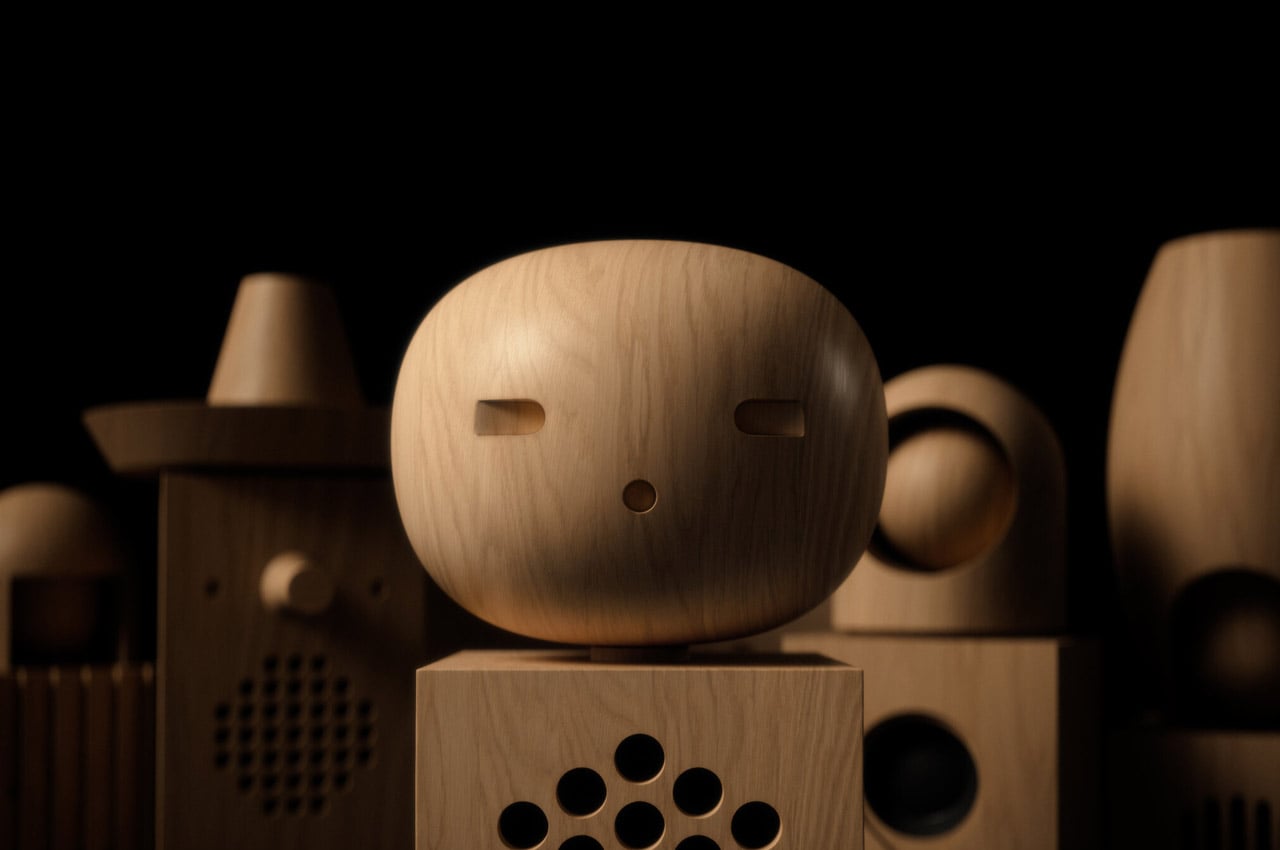
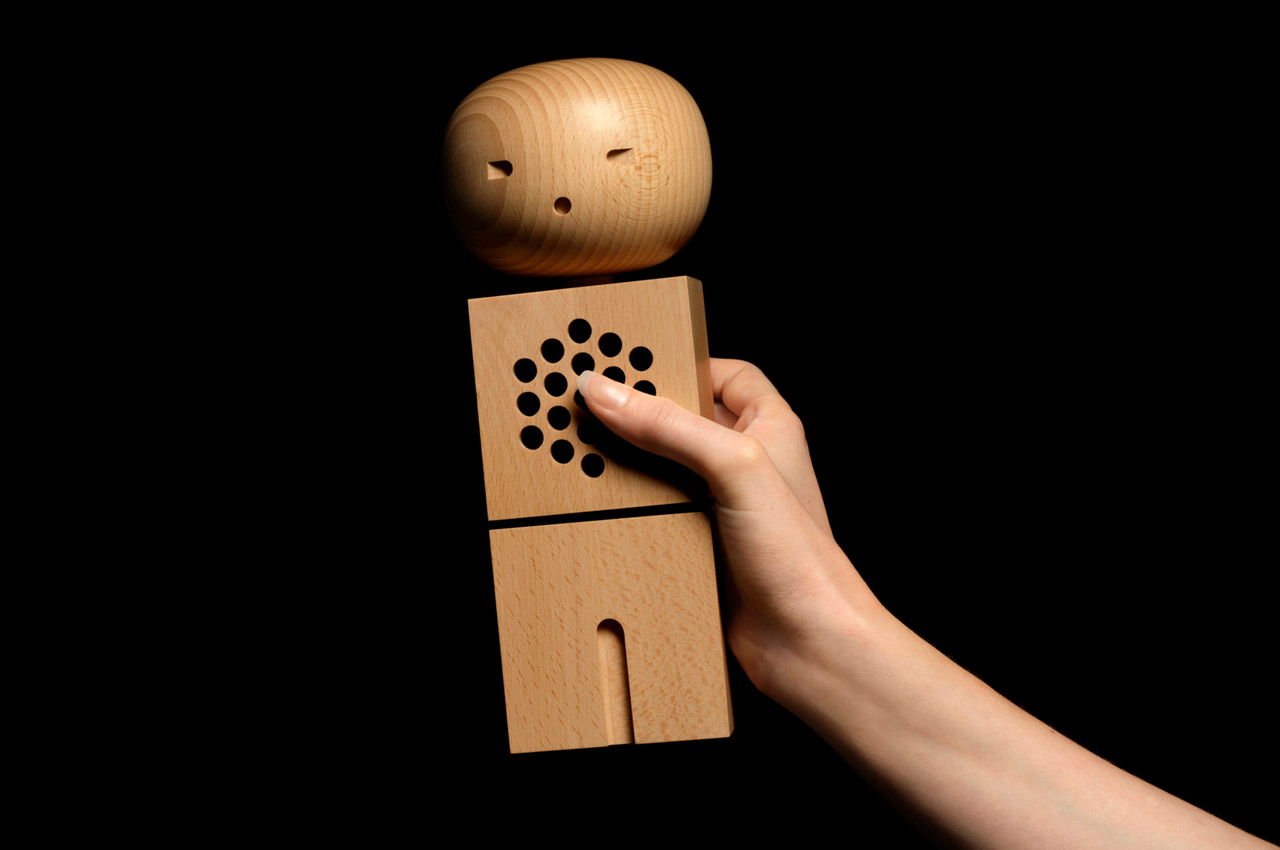
The dolls handcrafted out of solid Beech wood have unique personalities, given the different looks and voice modulation. What’s most intriguing is the ability to trigger their performance by tapping on the head or even a light tap on the table. Tilting the doll left or right decreases or increases the audio volume courtesy of the embedded accelerometers. Teenage Engineering just like all times, in their quirky style, express these dolls as an interactive gadget that can be given a “little smack to turn it off” when it gets too annoying!
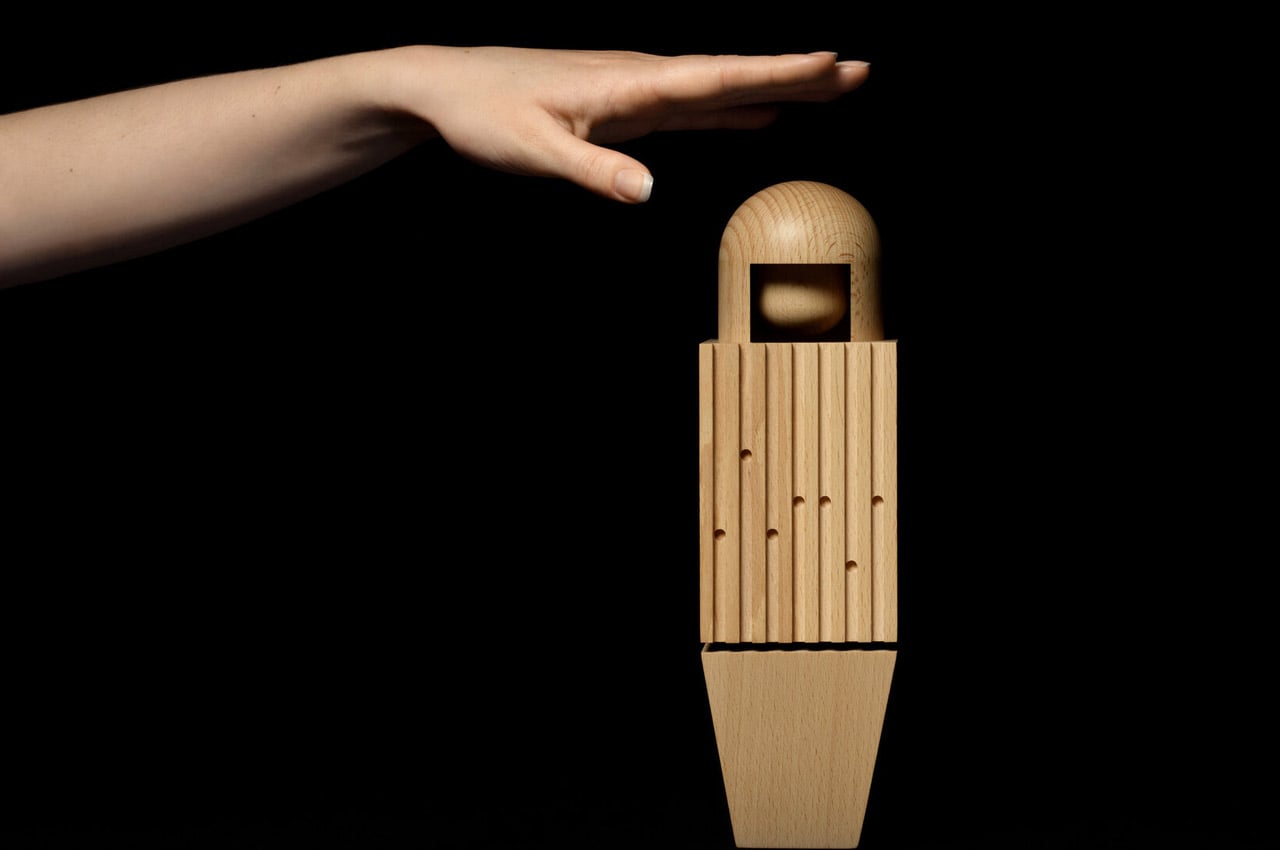
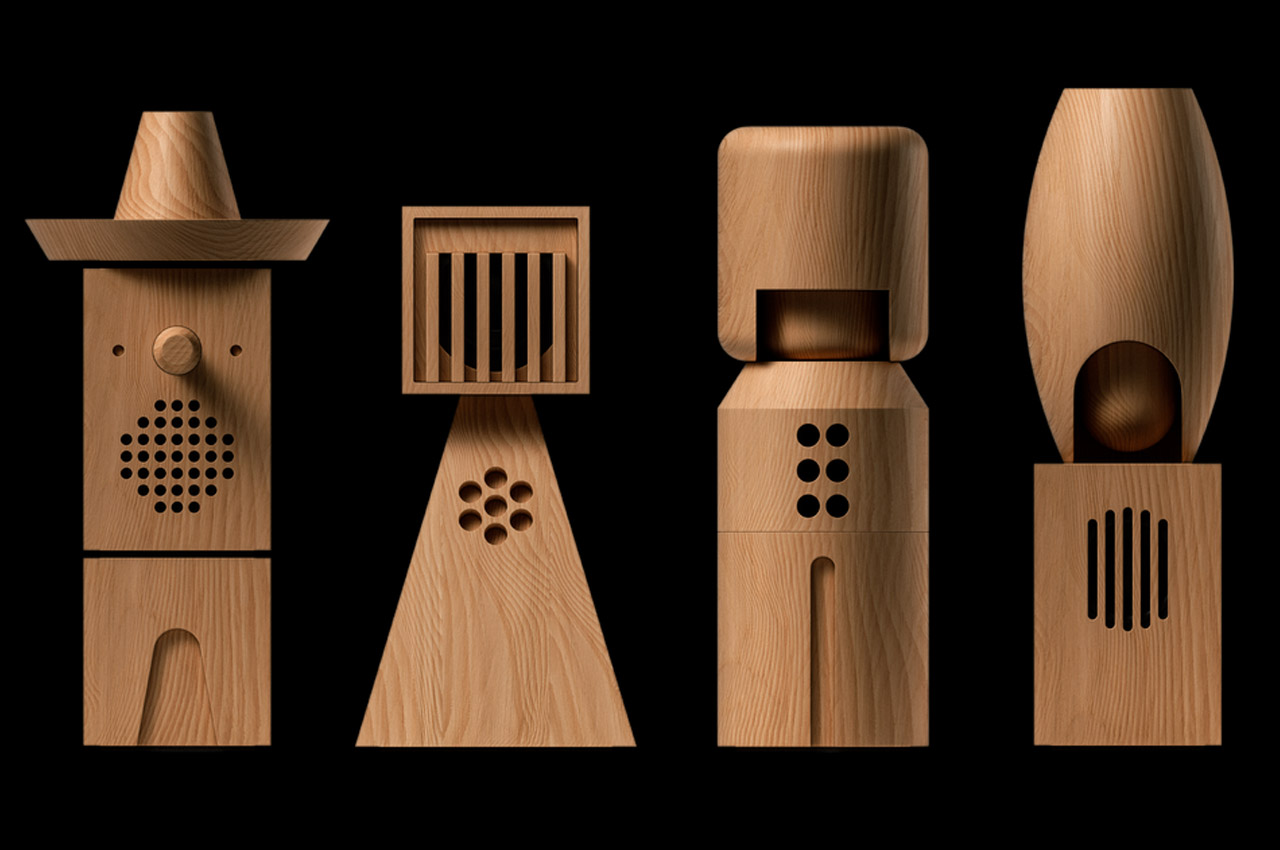
The dolls are individually rechargeable with four hours of performance time which is not bad at all. These are more of an art project for creative people to appreciate but at a steep price tag. Each one of them will set you back $249, and owning all of them will cost close to $2000. But then, what’s money for someone who wants to go any length to show off a wonderful piece as a conversation starter for the festivities?
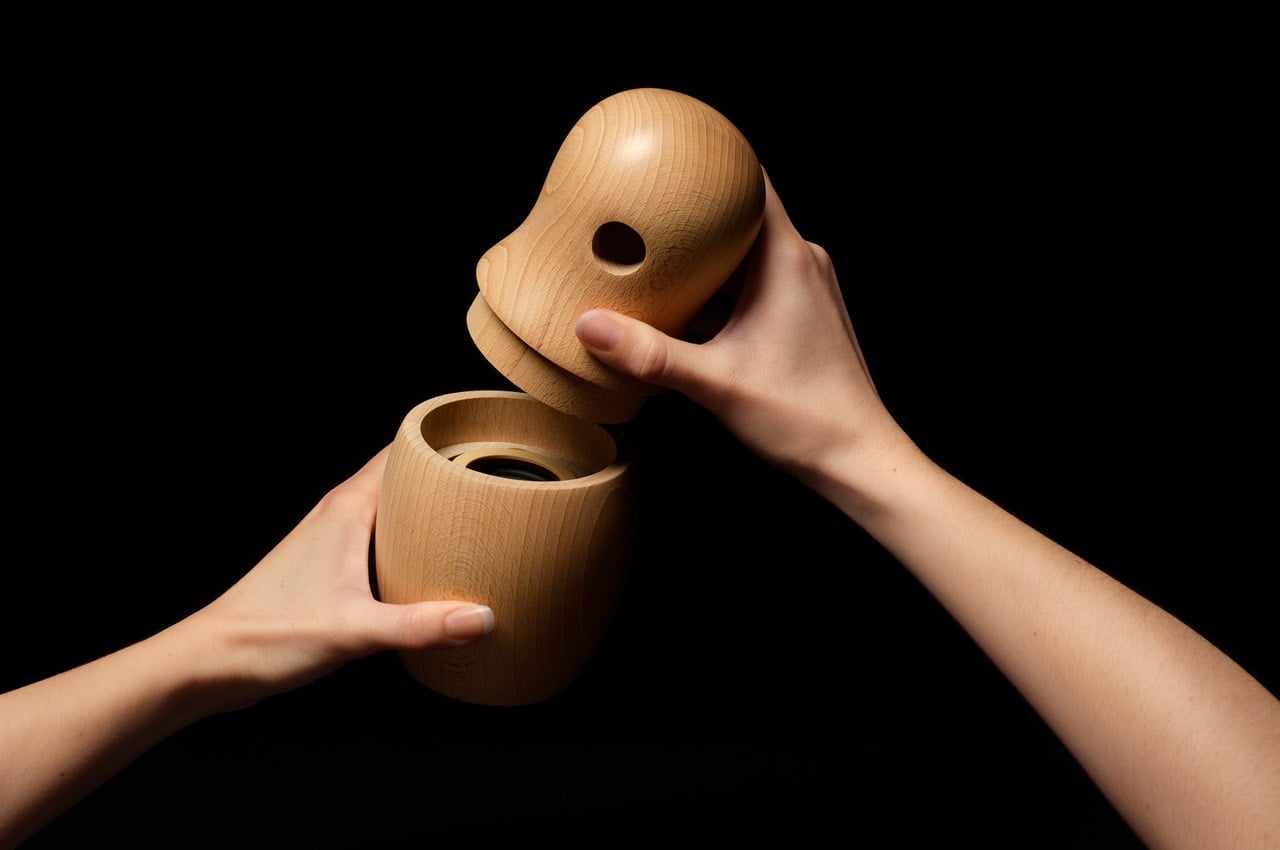
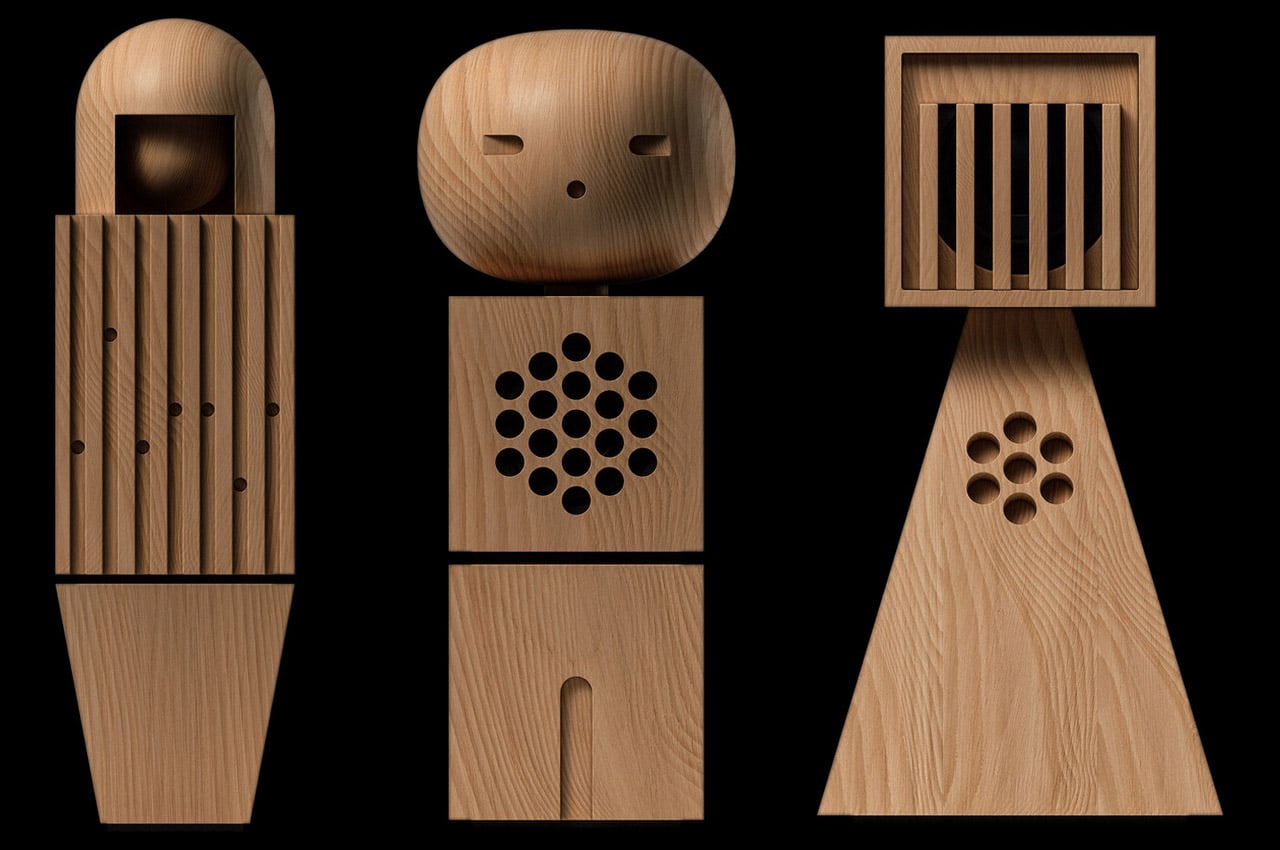
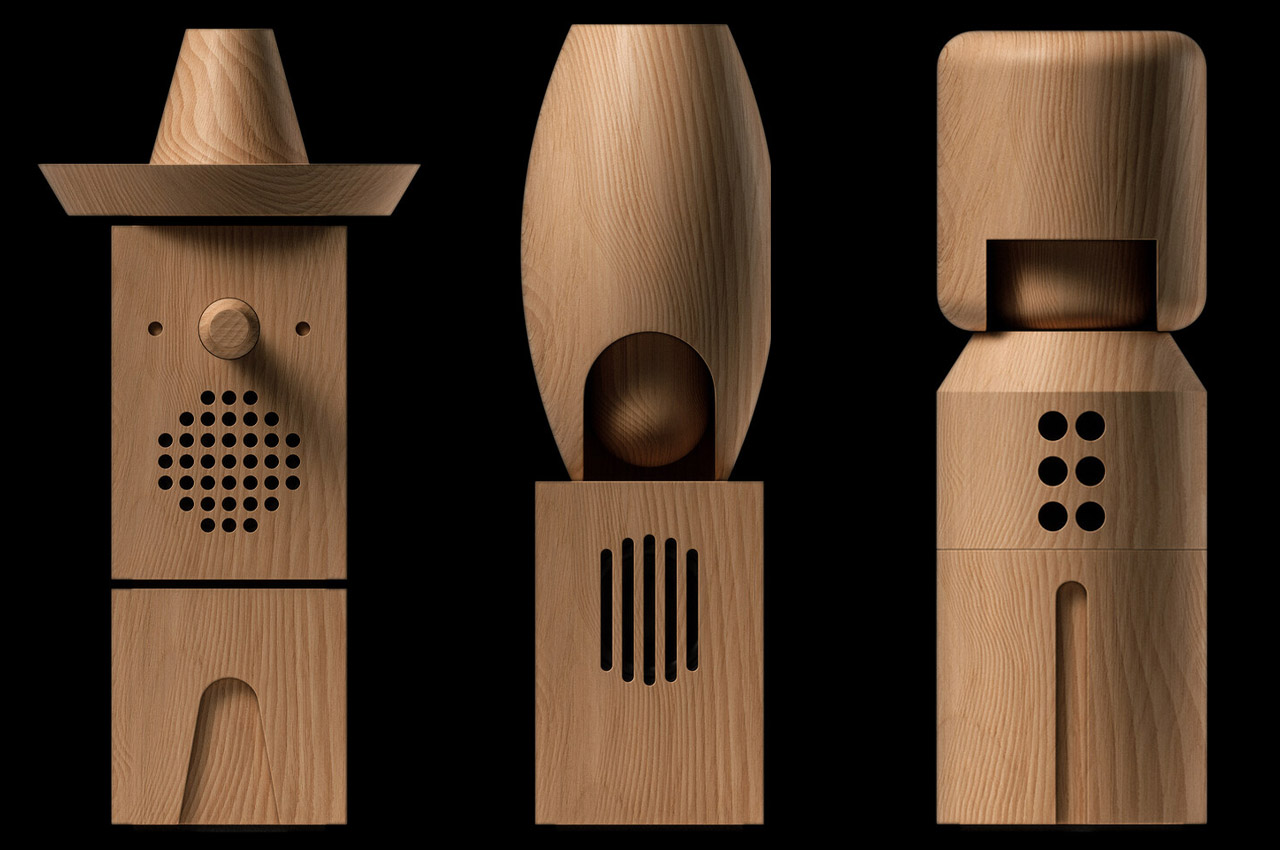
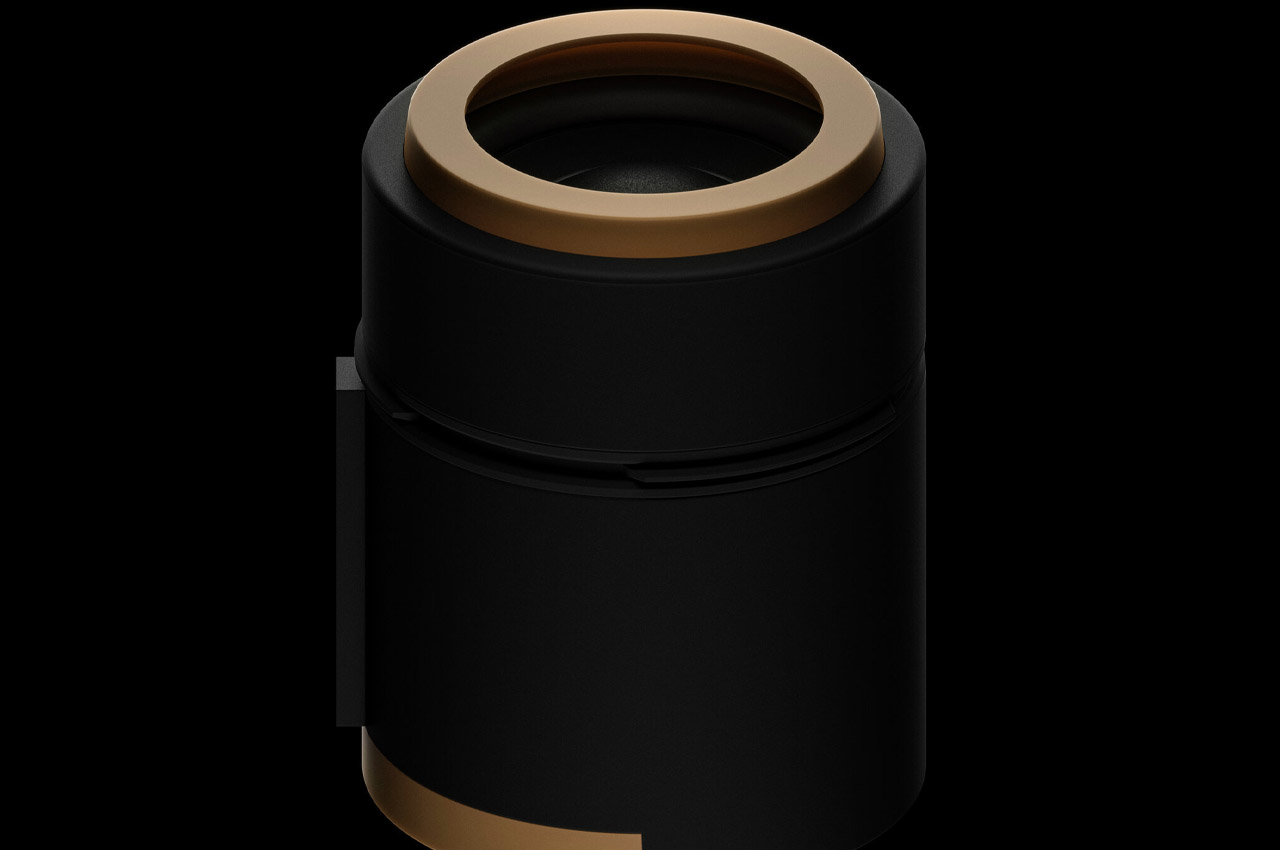
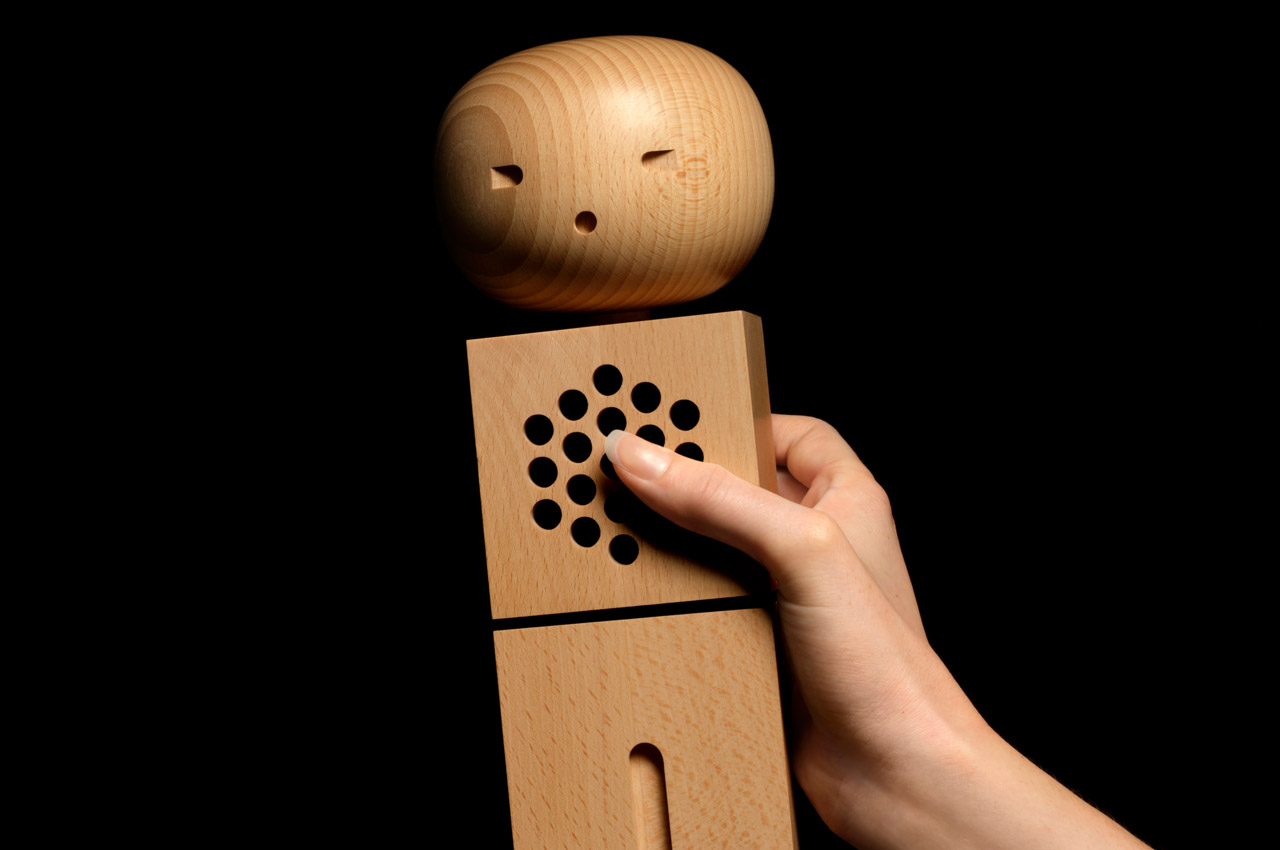
The post Teenage Engineering creates wooden dolls that’ll sing you lullabies in enchanting choir first appeared on Yanko Design.
